




Advertising Public Relations
Advertising & Public Relations
Social Media Analytics
Study Abroad Rome, Italy Siena, Italy
Student Organizations AdClub
PRSSA Student Networking Trips
New York City
Los Angeles Nashville Washington, D.C.
Atlanta ...and more!



Work in settings such as: Agencies
Entertainment Sports Healthcare
Media Relations
Non-Profits
Politics Government SCAN FOR MORE INFORMATION

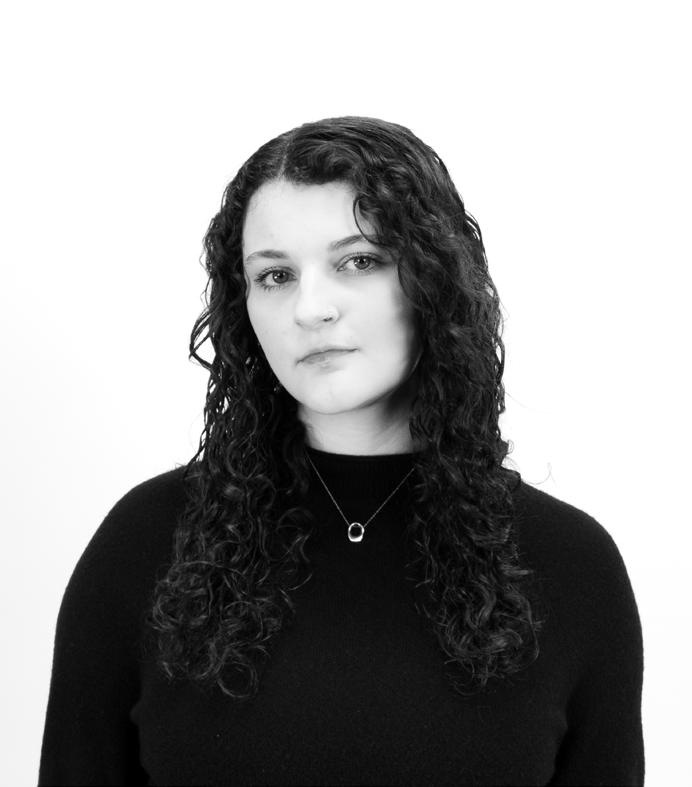
Dear Readers,
Welcome back, or if this is your first time picking up an Ablaze print, we’re glad you’re here! We are thrilled with the release of all our issues, but this particular issue holds a special significance to me because it marks my final print publication as editor-in-chief. Serving in this role has been such an incredible privilege during my time at UT, and I am so grateful for the gifted and talented team I have had behind me the last two years.
This past year, we’ve had the honor of executing the release of two print editions by putting one out at the start of each semester. With this issue being our fifth, the focus has shifted to something deeper by better defining who we are and what we stand for on campus. Here at Ablaze, we want to use our platform to broaden the conversation and shed light on varying perspectives within feminism. Moving forward, we aim to be a publication that not only explores pop culture and the Knoxville community but also pushes boundaries and amplifies underrepresented voices in a more meaningful way.
For our fifth issue, we drew inspiration from the Political Art Scene in the 70s and 80s and its impact on feminism. Our feature story delves into the artistic activism of that era, while other pieces explore the lasting feminist influences of the time, Knoxville highlights and themes of self-expression.
To our readers, advertisers, contributors and editors, thank you for your continued support. As Ablaze evolves, we are eager to grow with you. If you’d like to support our mission, please scan the QR code below to donate. Your contribution will help us sustain a space on campus where people can connect, feel represented and find a voice within these pages.
With love,
Madelyn Stone Editor-in-Chief


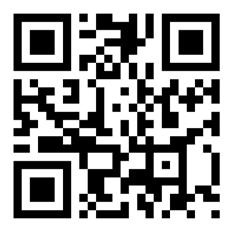
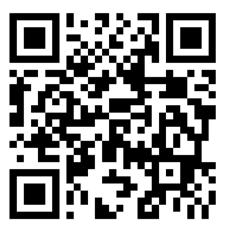



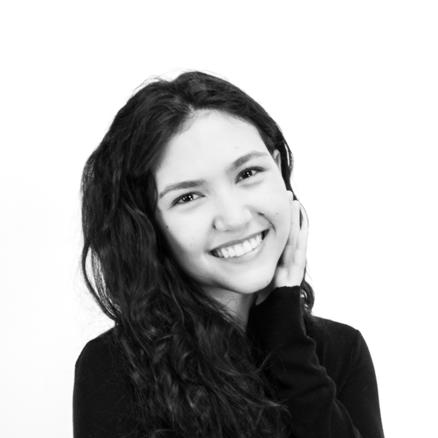







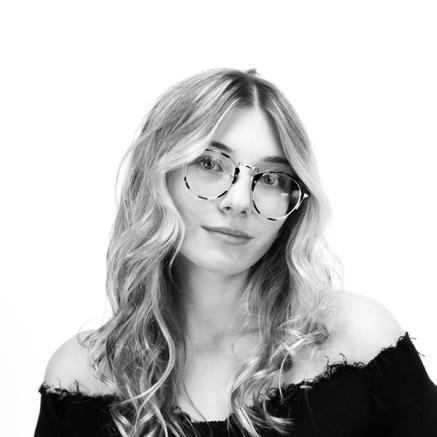

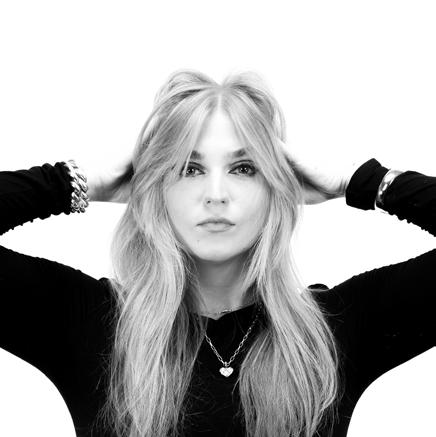



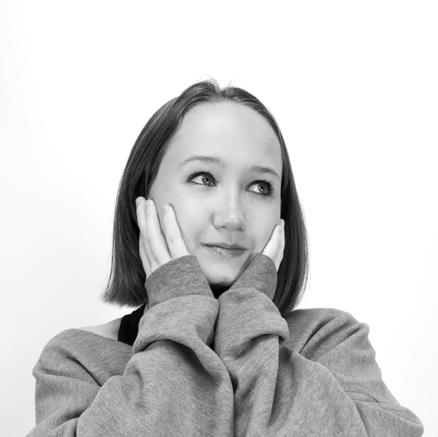
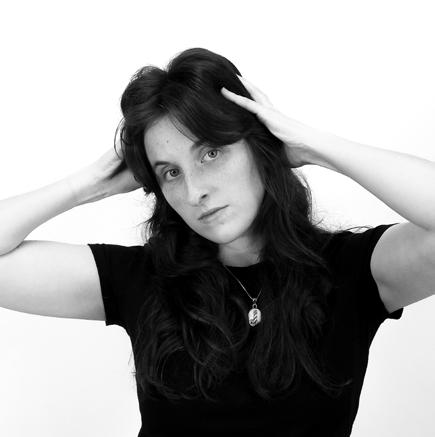
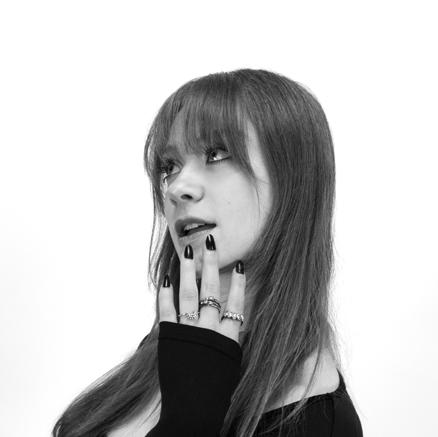
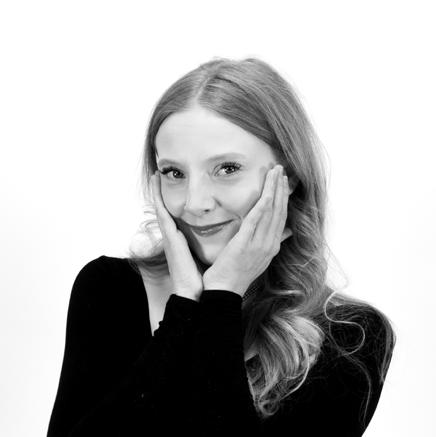

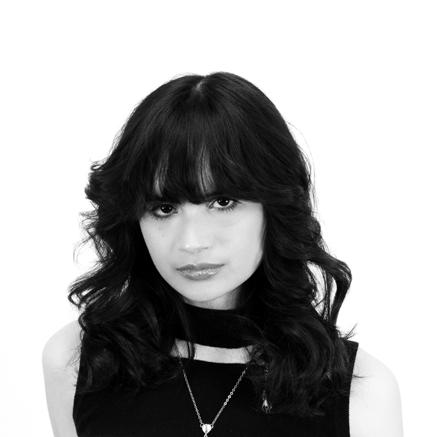




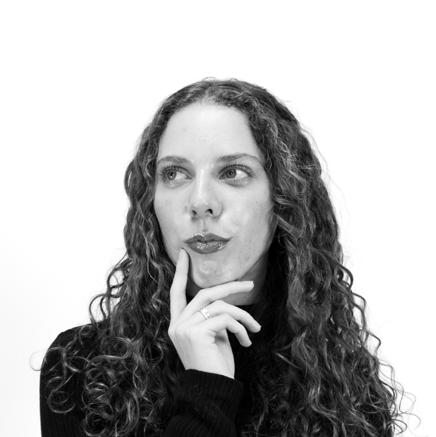
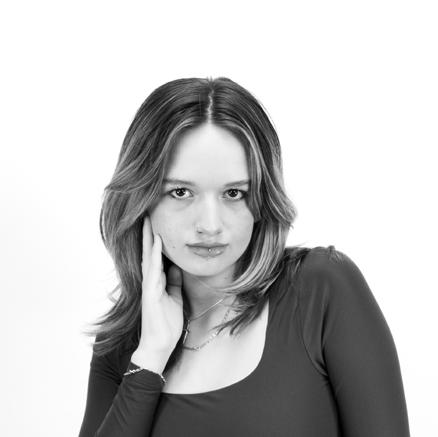

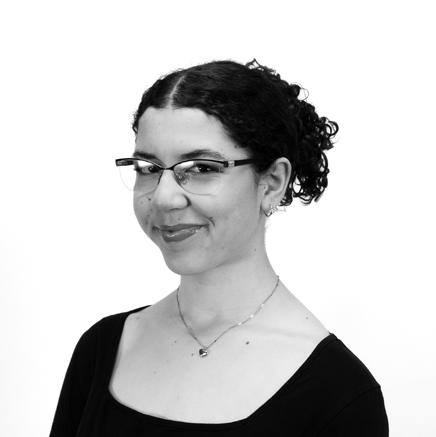
Written by Ella Kelley | Photos by Amelia Beuscher | Designed by Sydney Barney
“The personal is political:” a slogan and a rallying cry that came to represent second-wave feminism. Amid the anti-war and civil rights movements, feminists in the late 1960s took on this phrase to argue that women’s issues are political in nature. The phrase challenged the traditional divide between public and private life, arguing that issues like domestic violence, reproductive rights and workplace discrimination are not simply personal struggles but rather systemic injustices.
As women gathered to share personal experiences in consciousnessraising groups, the idea spread that the issues facing women were a part of structural oppression and not isolated incidents.
The 1970s represented a pivotal era for feminism, as women challenged “traditional” gender roles, fought for legal protections, and organized movements.
“It’s differentiated from first-wave feminism (which aimed for full political equality through the vote) in that women work for substantive equality in the workplace, health care, in sports, education, against specific beauty standards and assumptions of gender roles in the family, to name only a few,” said Emma Schroeder, an American History professor at UT whose research focuses on gender and sexuality.
The catalyst for second-wave feminism was Betty Friedan’s 1963 book “The Feminine Mystique,” which challenged the postwar belief about women’s roles in society. Friedan encouraged women to step outside of their “sphere,” the home, and fight gender oppression.
The feminist movement gained momentum as women organized at colleges and around protests against the Vietnam War. Feminists also entered the movement through anti-nuclear politics, labor organizing, and organizing around housing in cities.
“Many women who became self-described feminists came out of the baby boom generation,” Schroeder said. “This generation was marked by more affluence, consumerism, and education than any generation prior to them. Many women entered college in the 1960s and found that to be a moment of self-awakening, both to gendered lives and to political activism.”
Ablaze | 6
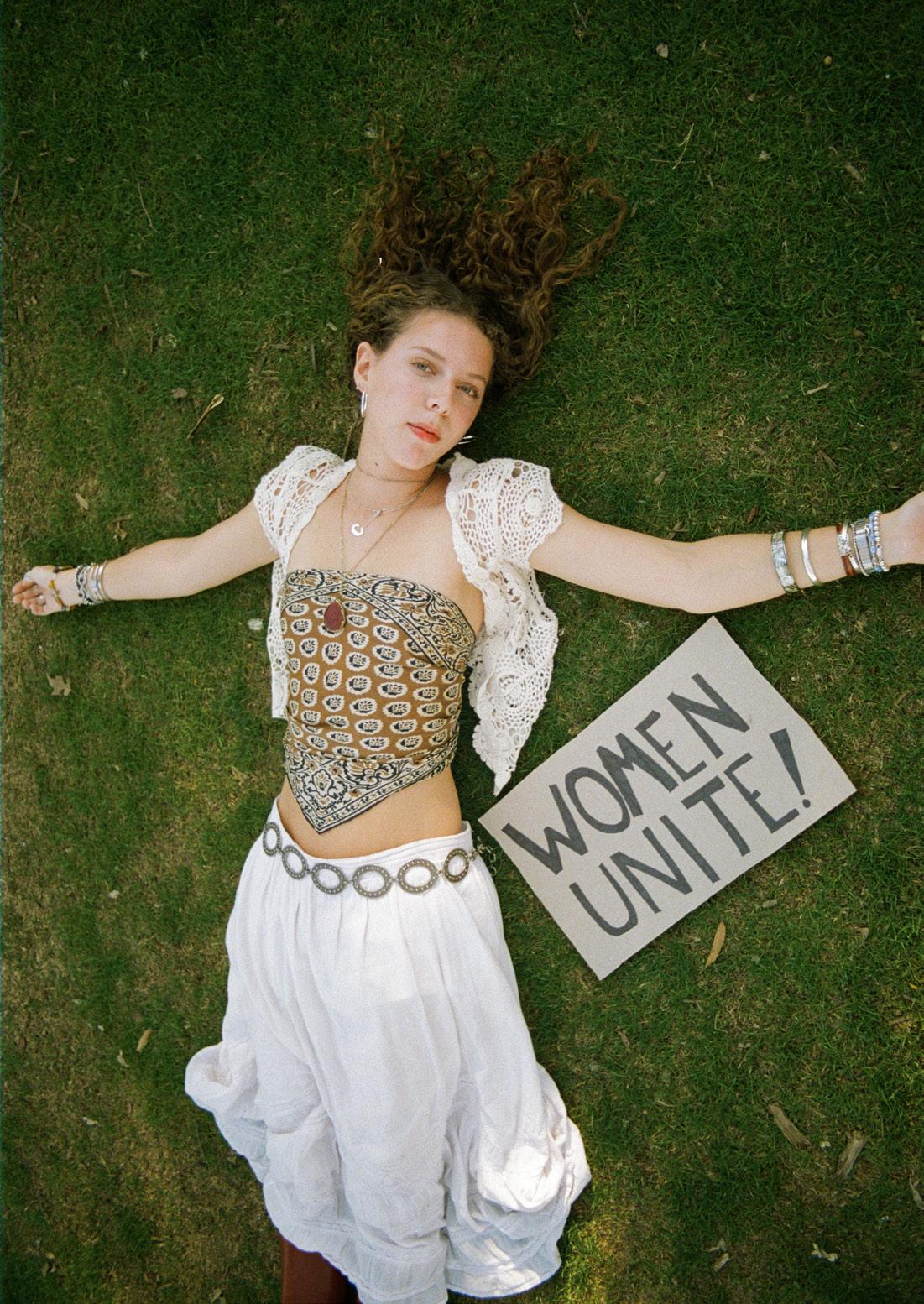
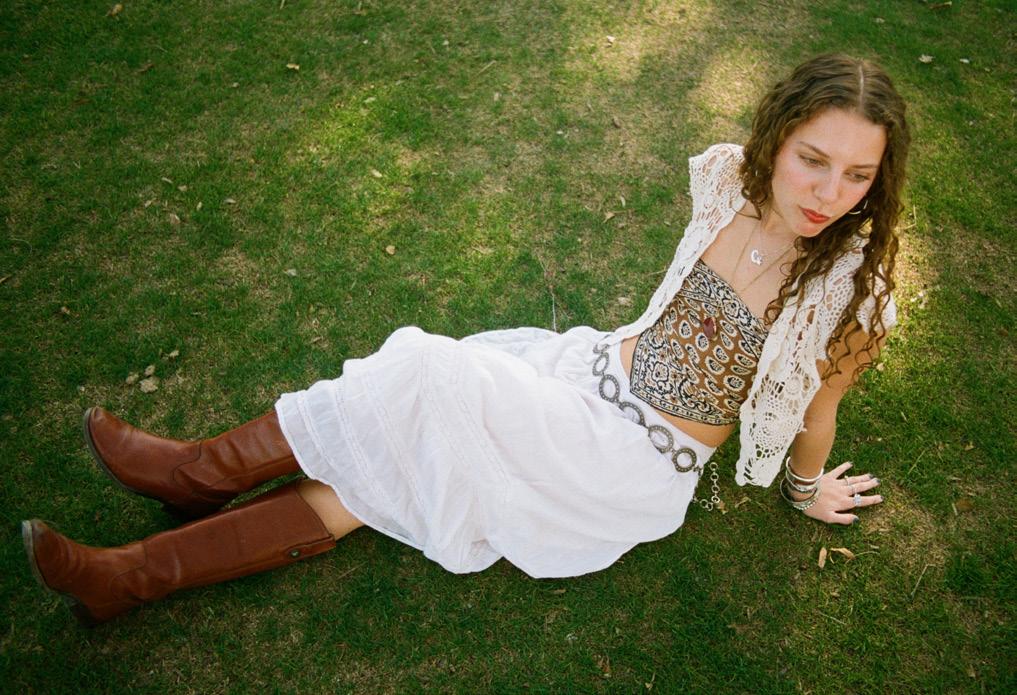
One of the inciting moments of rebellion was the 1968 protest at the Miss America pageant. Published in an article for “Smithsonian Magazine,” the protestors were “responding not only to the pageant and its antiquated, misogynistic attitudes toward women and beauty but also to how the United States, as a whole, treated women.”
“Second wave (white) feminists demanded access to the same kind of paid work that men had, they argued against specific kinds of beauty standards, they argued for women’s right to be sexually active, for access to reproductive health, for women’s healthcare, for abortion services,” Schroeder said.
“THE 1970S REPRESENTED A PIVOTAL ERA FOR FEMINISM, AS WOMEN CHALLENGED ‘TRADITIONAL’ GENDER ROLES, FOUGHT FOR LEGAL PROECTIONS, AND ORGANIZED MOVEMENTS.”
This era of feminism brought about several important legislative changes. The 1973 Supreme Court case Roe v. Wade legalized abortion on the basis of women’s right to privacy. While this protected women’s reproductive rights for decades, it was reversed in 2022 in Dobbs v. Jackson Women’s Health Organization, which declared that the Constitution does not guarantee the right to an abortion.
Another major piece of legislation is Title IX of the Education Amendments of 1972, which states: “No person in the United States shall, on the basis of sex, be excluded from participation, or be denied the benefits of, or be subjected to discrimination under any education program or activity receiving Federal financial assistance.” Title IX is also being pushed back against by the current administration, according to Schroeder.
The 1974 Equal Credit Opportunity Act is another important piece of legislation from this era. This said that it was illegal to discriminate against someone for credit based on “race, color, religion, national origin, sex, marital status, or age (provided the applicant has the capacity to contract).” Before this, women were not always able to apply for credit without a male co-signature.
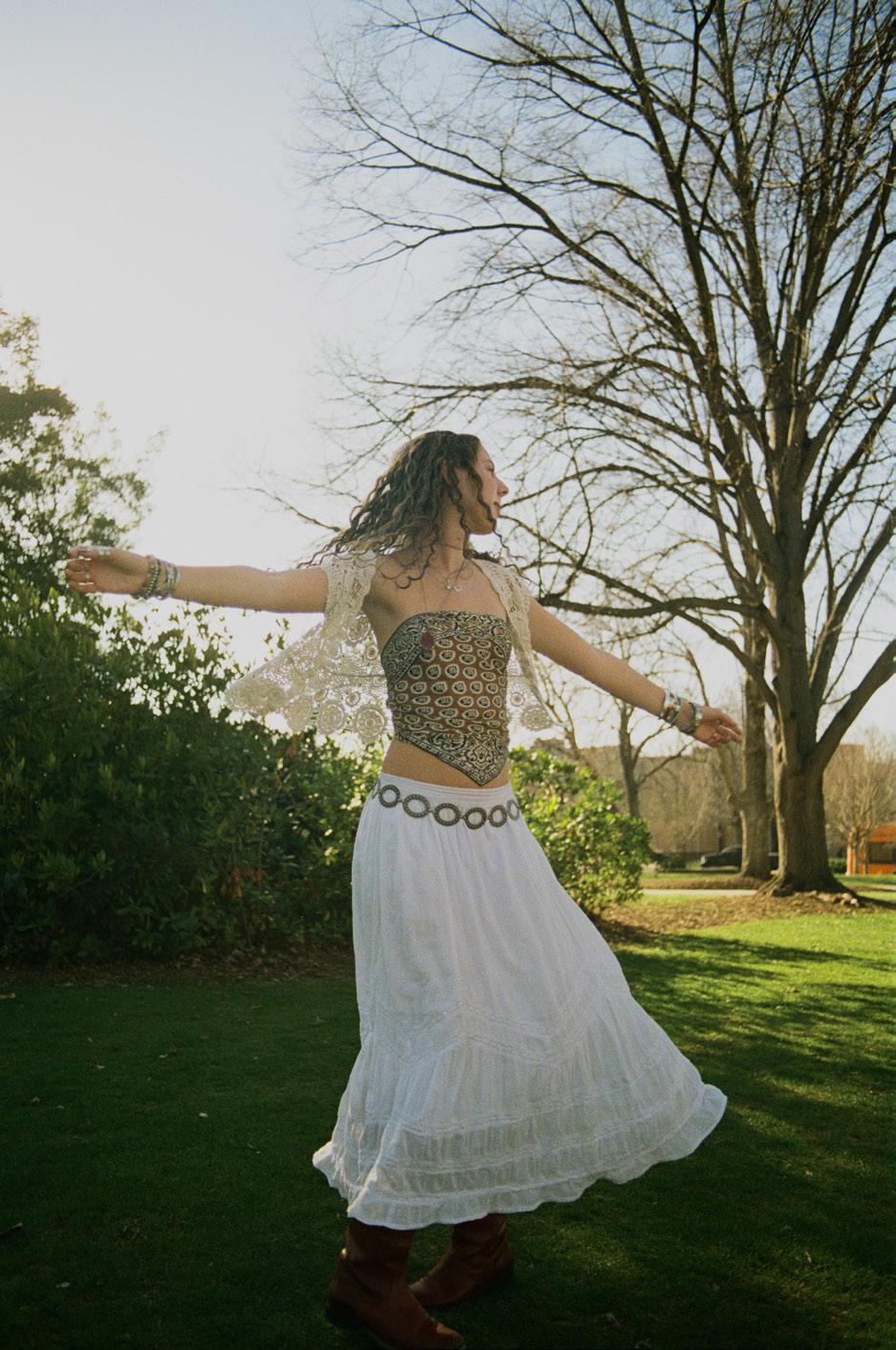

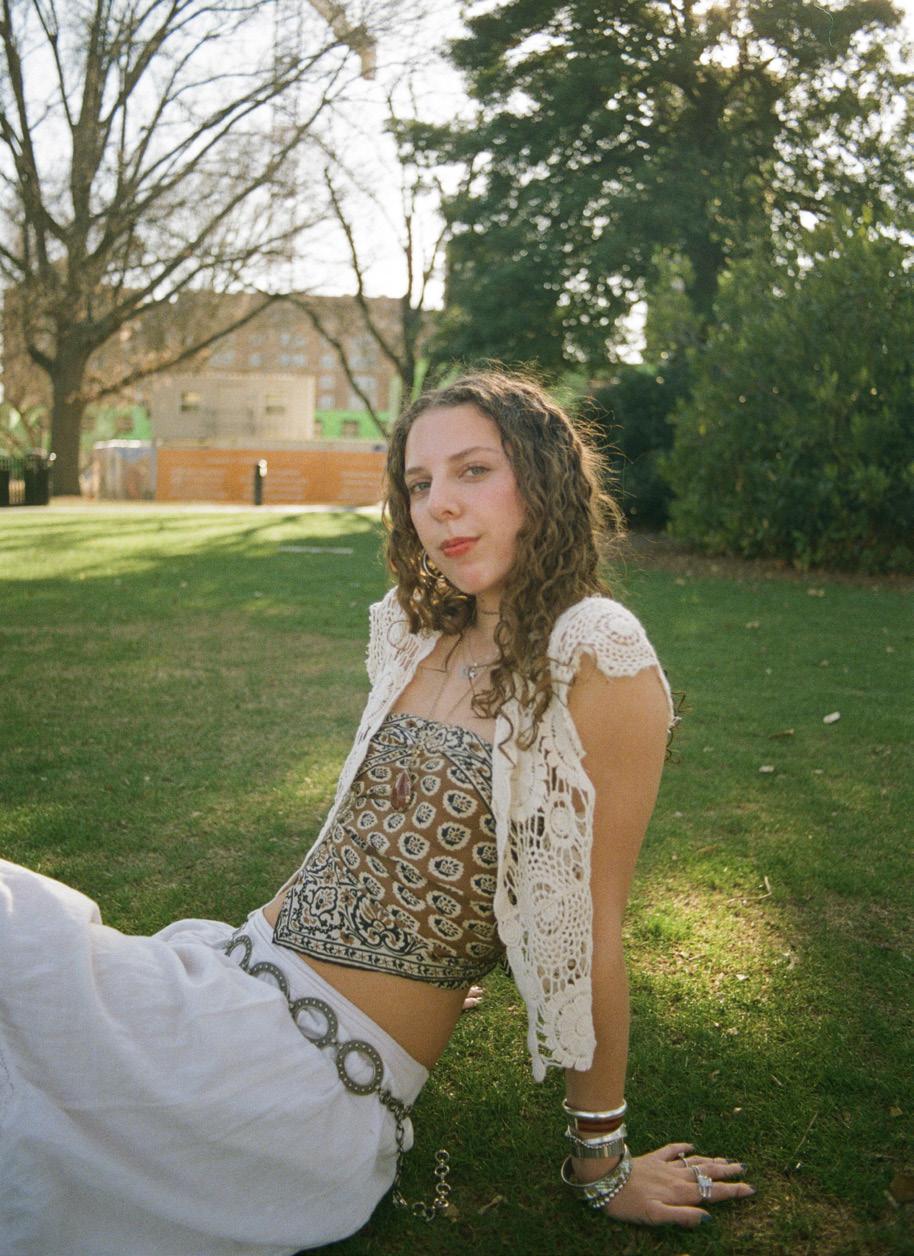
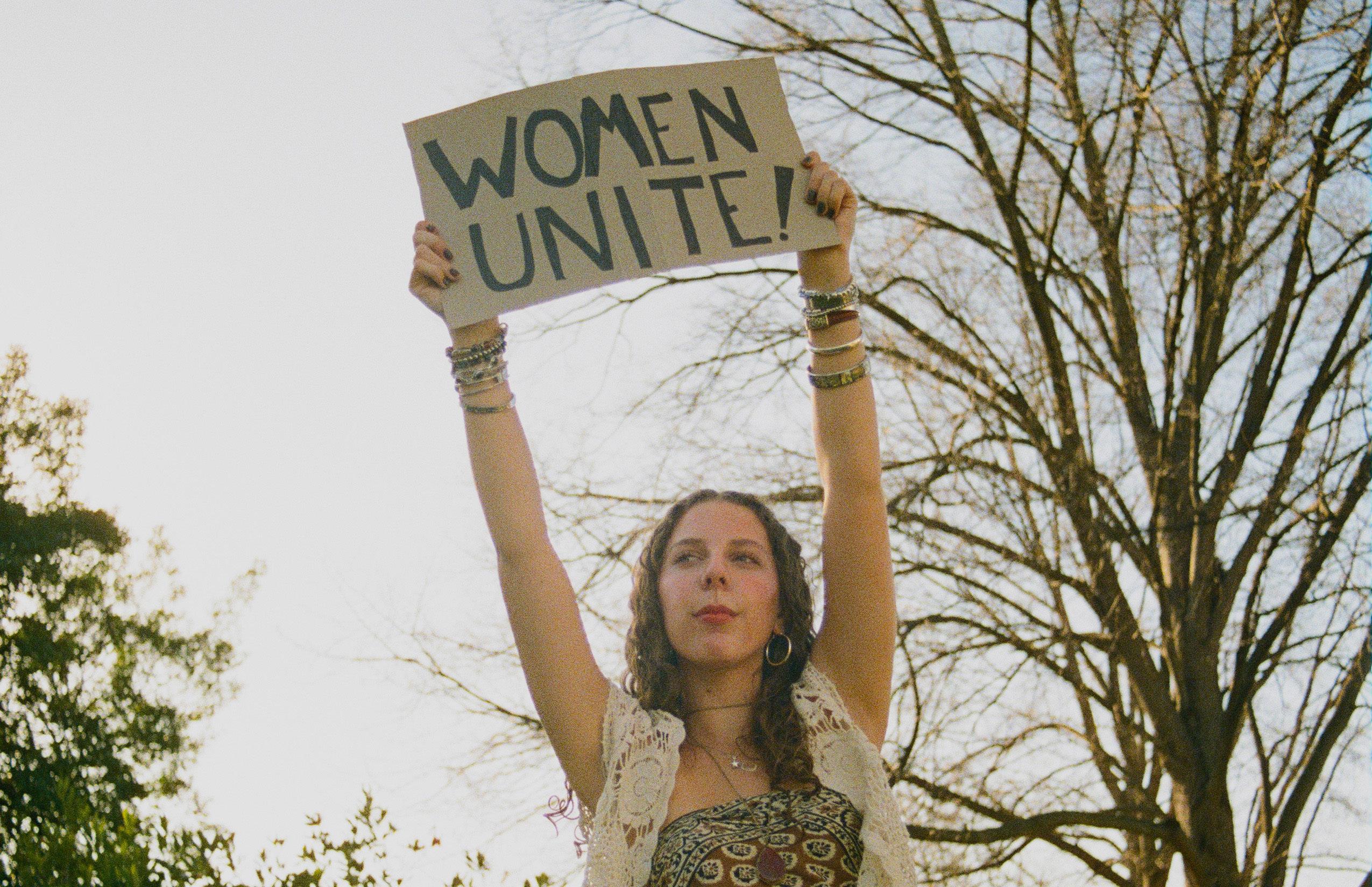
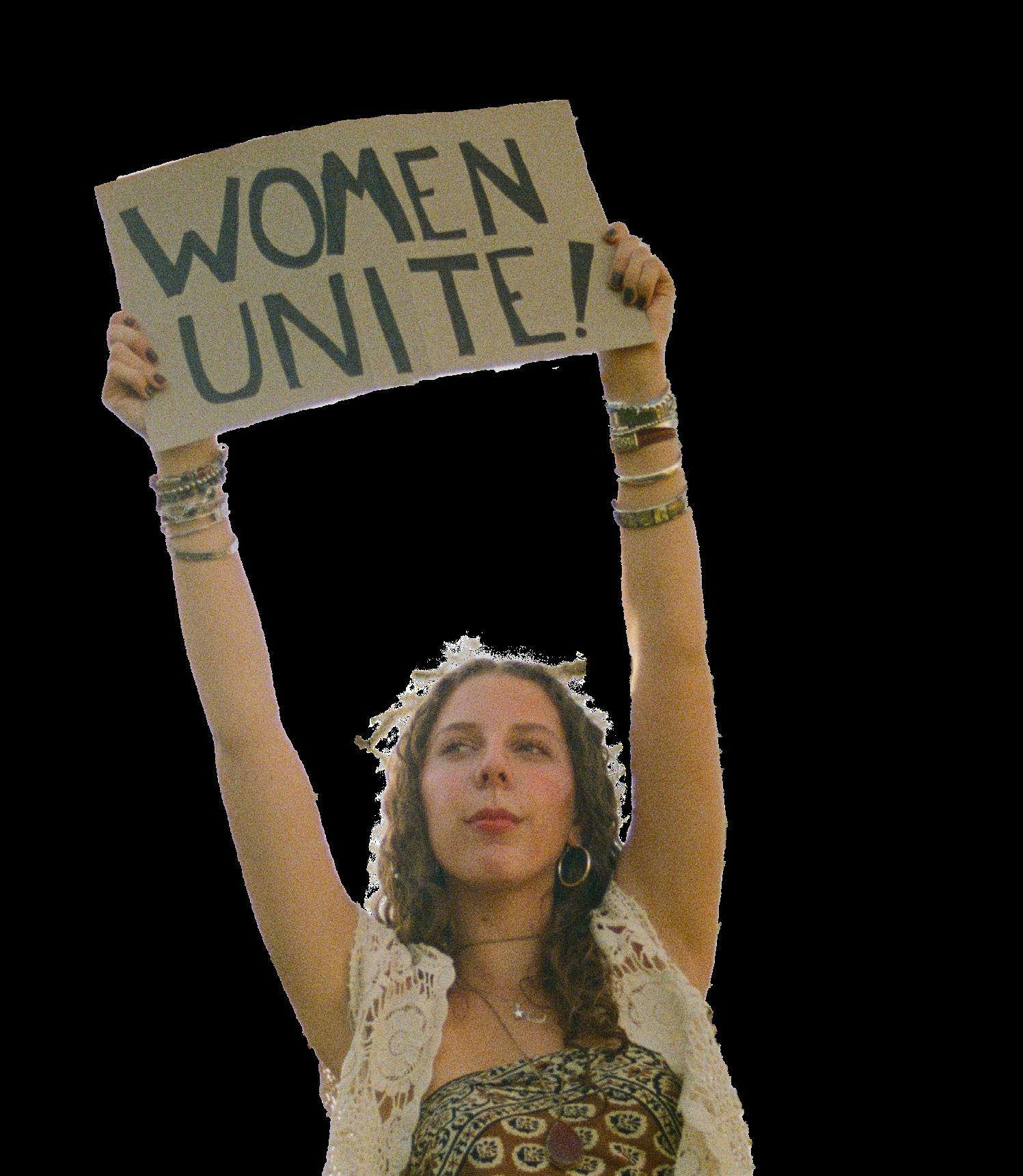
Women of color and LGBTQ activists were central to the feminist movements of the 1970s, though they were often sidelined by white feminists.
“Black feminists directly pushed back against white feminists, imagining that their experiences as women represented all women. In doing so, they began to articulate what we now call intersectionality,” Schroeder said.
Intersectionality is the idea that the intersection of different identities, like race, gender, income and class, creates unique instances of oppression and experiences. During the 70s, the focus of white feminists did not encapsulate the struggles and oppression of women of color.
“We should really think about feminisms - plural - at this time, as many women tackled a whole variety of issues from a woman’s point of view, not all of which have been considered part of mainstream second-wave feminism. For instance, Black women organized around housing rights, while Native American women argued against sterilization and for the right to have, and protect, their own children,” Schroeder said.
Additionally, the exclusion of lesbian feminists from the mainstream movement resulted in a protest at the 1970 National Organization of Women, prompting them to organize separately.
Historians have argued that the conservative political resurgence in the late 1970s was a response to the social justice movements of that decade, like feminism.
Many women protested against feminism, particularly against the Equal Rights Amendment Act (ERA), which would have guaranteed equal constitutional rights for women. Phyllis Schlafly led a conservative movement against the ERA, arguing that it would harm traditional family structures. The ERA passed Congress but ultimately failed to be ratified by enough states. Many feminists today still fight for the amendment’s ratification.
In the wake of Dobbs v. Jackson and other policies targeting women and minorities, the need for feminism remains evident today. Schroeder believes that almost all of the rights and protections fought for during the second-wave feminist movement are being contested right now.
“Continuous political action, collective consciousness-building that incorporates not sameness but difference into demands for change, direct actions, street theater, and understanding that the personal – not self-representation, but our intimate lives – are directly impacted by political structures. How we think, act, what we are allowed to do, or not do, is a result of politics. Which means that we have to use politics and altering social norms, for feminist futures,” Schroeder said.

Written by Lilah Williams | Photos taken from The Daily Beacon | Photos by Kailee Harris | Designed by Natalie Neal

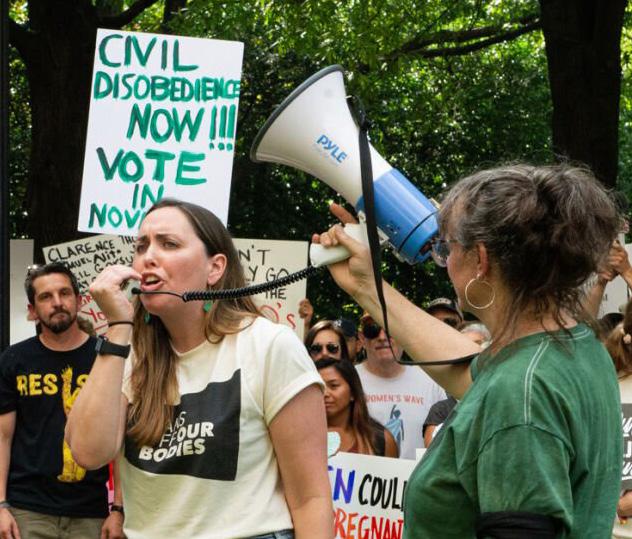
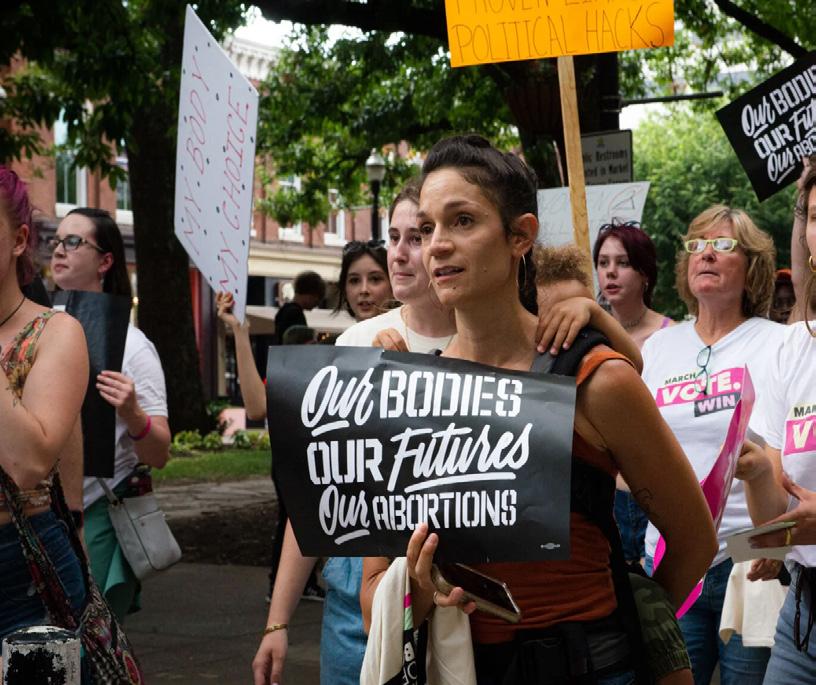
Tennessee’s abortion laws are some of the strictest in the country, leaving a staggering number of people unsure about their access to reproductive healthcare and confused about what these new laws mean.

“Currently, abortion is banned in Tennessee, with some exceptions for very specific medical conditions that are life-threatening. There is also a ban on helping a minor to get an abortion without getting notarized consent from their parent or legal guardian,” said a representative from Mountain Access Brigade, who is unnamed because of the legal repercussions that they could face.
“Mountain Access Brigade was founded in 2016 as Knoxville Abortion Doula Collective to help people access abortion care locally. After Tennessee's clinics were closed in 2022, we became a statewide abortion fund supporting Tennesseans to access abortion care under one of the strictest bans in the country,” the Mountain Access Brigade representative said.
Though abortions are banned in Tennessee, there are currently no criminal consequences for patients who receive them. The only people who face legal action are the healthcare providers who perform abortions. In order to receive abortion care, many Tennesseeans travel out of state.
“It is completely legal to travel to another state to get an abortion. Most Tennesseans travel to Virginia or Illinois for abortion care. Bristol Women’s Health in Bristol, VA is a two-hour drive from Knoxville” the Mountain Access Brigade representative said.
For those who are unable to travel, receiving abortion pills by mail is also in a legal gray area. Websites like Abortion Finder can help patients find the reproductive healthcare and financial support that they need.
Access to birth control is another concern many Tennesseans have. “Access to birth control is guaranteed by a Supreme Court decision, so it would require a reversal of that decision in order to limit access to it. There is not currently a challenge to this ruling, but it relies on an interpretation of the constitutional right to privacy that Roe v. Wade also rested on,” the Mountain Access Brigade representative said.

“The 1965 Supreme Court decision that legalized a right to birth control was constitutionally unsound,” Senator Marsha Blackburn told The Tennessean in 2022.
With a majority republican government and a senator who opposes access to birth control, activist groups are remaining vigilant about the possibility of increased barriers to purchasing contraceptives. As of now, birth control is free under the Affordable Care Act, and minors can get birth control without parental consent at Planned Parenthood.
For those who want to support bodily autonomy, working with groups like Mountain Access Brigade is a great way to get started. Even if you don’t have time to fundraise or volunteer, spreading awareness is just as important.
“The best way for people to support bodily autonomy and abortion access is to learn as much as they can and share that information in their networks. With so much misinformation and stigma about abortion, being a safe, non-judgmental resource to people is incredibly valuable,” said the representative from Mountain Access Brigade.
By reading this article, you have taken the first step in staying informed about Tennessee’s legislation. If you or somebody you know needs birth control, an abortion, or any other form of reproductive healthcare, there are still options available.
Written by Lily Rutherford | Photos by Amelia Beuscher | Model: Kiana Salazar | Designed by Emma Fingeret
Identity. Expression. Statement.
What do all three words have in common?
Easy—each ties into the “why” behind a person’s style and taste.
Everyone, including people who claim not to be “into fashion,” has a certain identity tied to how they look. This is expressed through fashion statements like clothing trends, as well as signature scents, hairstyles, makeup looks or jewelry pieces.
Even with one unique staple item, you can
build your entire look around the vintage jacket you always wear or the antique necklace indefinitely stuck to your neck.
Comfort in Identity
Ashley Sooklal, a junior biology major, has her own way of describing “signature self.”
“When I hear ‘signature self,’ I think of whatever you feel the most comfortable in…I think just trying new things at first, seeing maybe patterns or different fits of clothing that you might like…seeing how you feel. Colors, fit, patterns…you just have to figure out what you like,” Sooklal said.
As Sooklal mentioned, a big part of personal fashion and “signature self” can stem from comfort. Who wants to wear something that’s uncomfortable or doesn’t fit?
Being able to put a look together or create a way in which you and others will view yourself for the day can shift self-identity. Personal expression has a huge impact on our perspectives.
“Whatever you wear is an extension of your personality… say it’s the first day of class and you don’t know who to sit next to. You could look at someone’s style and get a feel of who

they are…and so whatever you wear can let others know a little bit of your personality… it portrays your characteristics in a way,” Sooklal said.
As much as we deny it, many of us judge by appearances.
While we can’t choose every little aspect of how we look or who we are, understanding our own signature selves through fashion and similar forms of expression is a great place to start.
Self-Expression and Sentimental Value
I have a necklace I wear every single day. It holds memories and makes even my blandest outfits feel not so boring. When I don’t wear it, I feel naked. It’s the only piece of jewelry I’ve really gotten compliments on; to me, that extra appreciation from others makes it a little more special.
Pieces like this can help make a person feel whole each day.
A prime opportunity for self-expression through fashion is jewelry. Wearing a ring passed down from a family member or a pair of earrings with a sentimental meaning not only solidifies your unique connection to the piece but adds to the story of your look.
This is the power of a staple piece.
Similarly, I believe one of the greatest aspects of self-expression through fashion is the ability to collect special pieces throughout life. After all, who’s to say we can’t take inspiration from places we’ve been, people we’ve met and things we’ve done?
Madison Turner, a junior geology and environmental studies major, provides her own experience with this.
“For me, some of my personal staples are my jewelry… I’ve curated them over time and they feel like me… I also wear hair accessories a lot… I could probably tell you where all of my bandanas came from; some were gifts, and others I got on trips with friends and family,” Turner said.
Being able to wear parts of your life is exciting. You could say it’s almost like bringing memories back to the present.
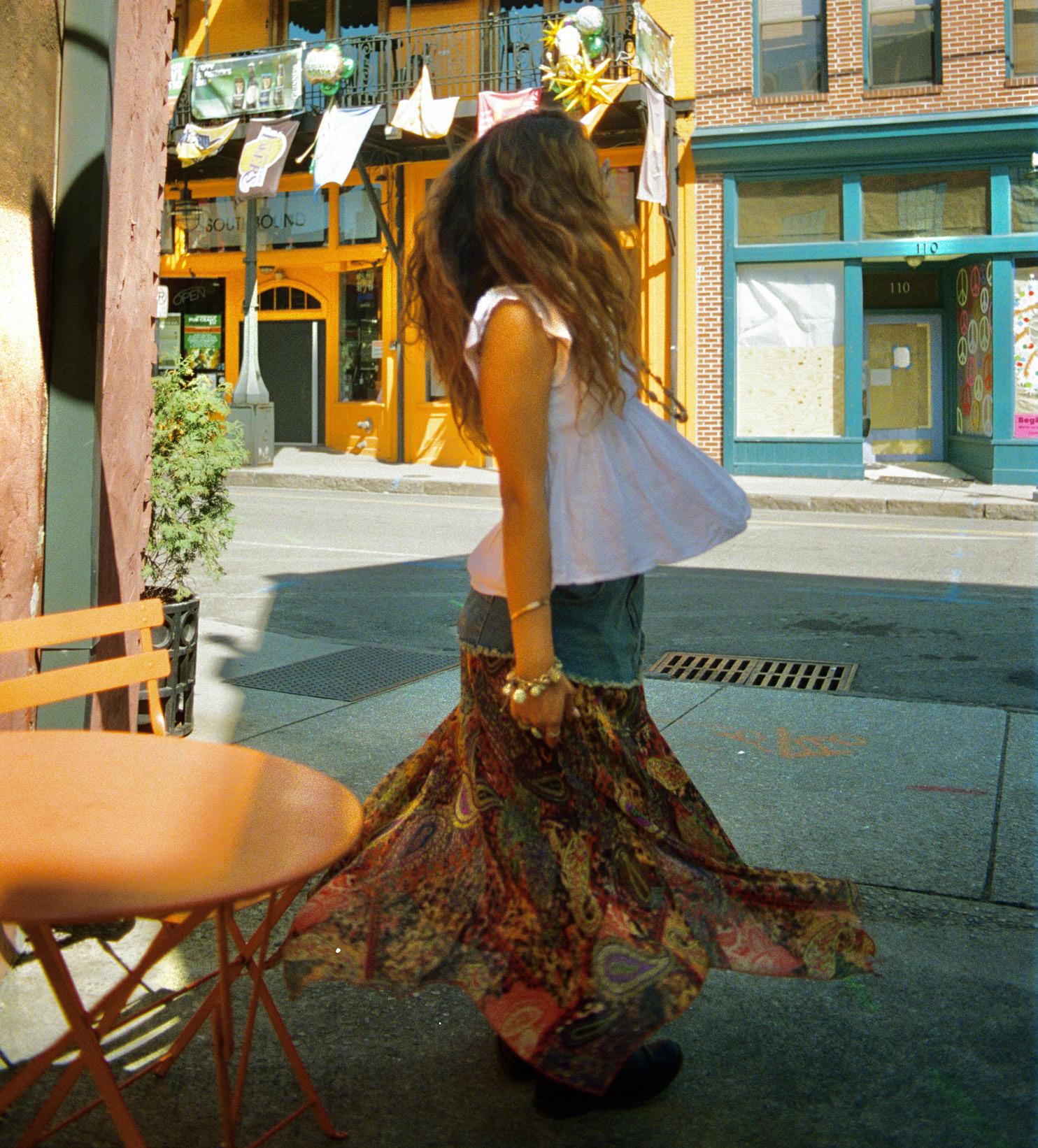
This, again, is just another example of how unique and personal you can make your own “signature self.”
Trying every new look you can think of is a great direction to start in when trying to solidify what “signature self” means to you.
On top of this, nothing in style or expression is set in stone. People change, tastes change and trends come and go; your likes and dislikes can evolve with time.
Express, make statements and find some way to feel more like you, even if it takes some experimentation. You never know what you may end up liking.
Maybe your new “signature self” loves the look you hate right now. You never know what you don’t try. Have fun with your style and enjoy the process of finding your signature self.

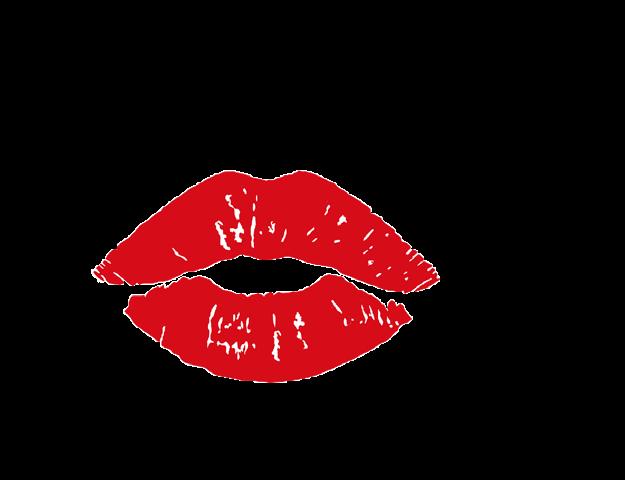
An inside to the influence of the “red lip theory” and making political statements in fashion and makeup.
Written by Charlotte Roselin |
by Joe
|
Can a red lip really change the world? The answer is simple: it already has. What can now be seen as a fashion trend was once a historical movement.
In 1912, Elizabeth Arden, a cosmetics brand founder and women’s rights activist, gave out red lipstick to suffragettes marching in New York City. In 1941, U.S. Army women wore red lipstick to show strength and defiance. In 2006, women campaigned for the “Red My Lips” and #MeToo movement, using red lips to raise awareness about sexual assault. Today, women are wearing the same shade and making similar statements.
Throughout these periods, icons have popularized the classic red lip while leaning into its bold nature.
Marilyn Monroe and Rita Hayworth were among the first women to reveal a new perception of glamour. Becoming notable old Hollywood stars, they used the red lip to challenge the traditional notions of femininity and modesty. Instead of the conventional, respectable, and soft natural beauty approach, Monroe and Hayworth turned sophistication into power and control, which grew in controversy. Defying societal expectations, the women unveiled a modern approach to mind and body ownership, leading some to criticize the allure as too provocative.
These stylistic reformations have been refined by eccentric decades, such as 1970s fashion, classifying it as edgy, experimental and even rebellious. By rejecting restrictive fashion and beauty standards, women embraced authenticity and risk. During movements such as civil rights, environmentalism, anti-war and gender fluidity, activism transformed style into statement.
The “Red Lip Theory” highlights these everlasting women’s liberations. A red lip aligns confidence with a simple makeup product, having been worn as a symbol of defiance, pride and self-empowerment. In other words, it is a timeless piece for timeless mentalities.
Regardless of class, race or age, anyone can wear it. Red is powerful.
Ashley Sooklal, social media committee chair at UT’s Fashion Society, is passionate about this unity and bold style.
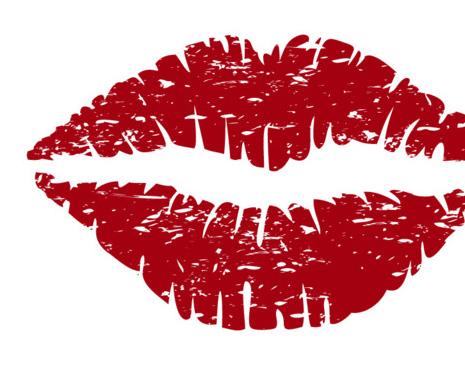


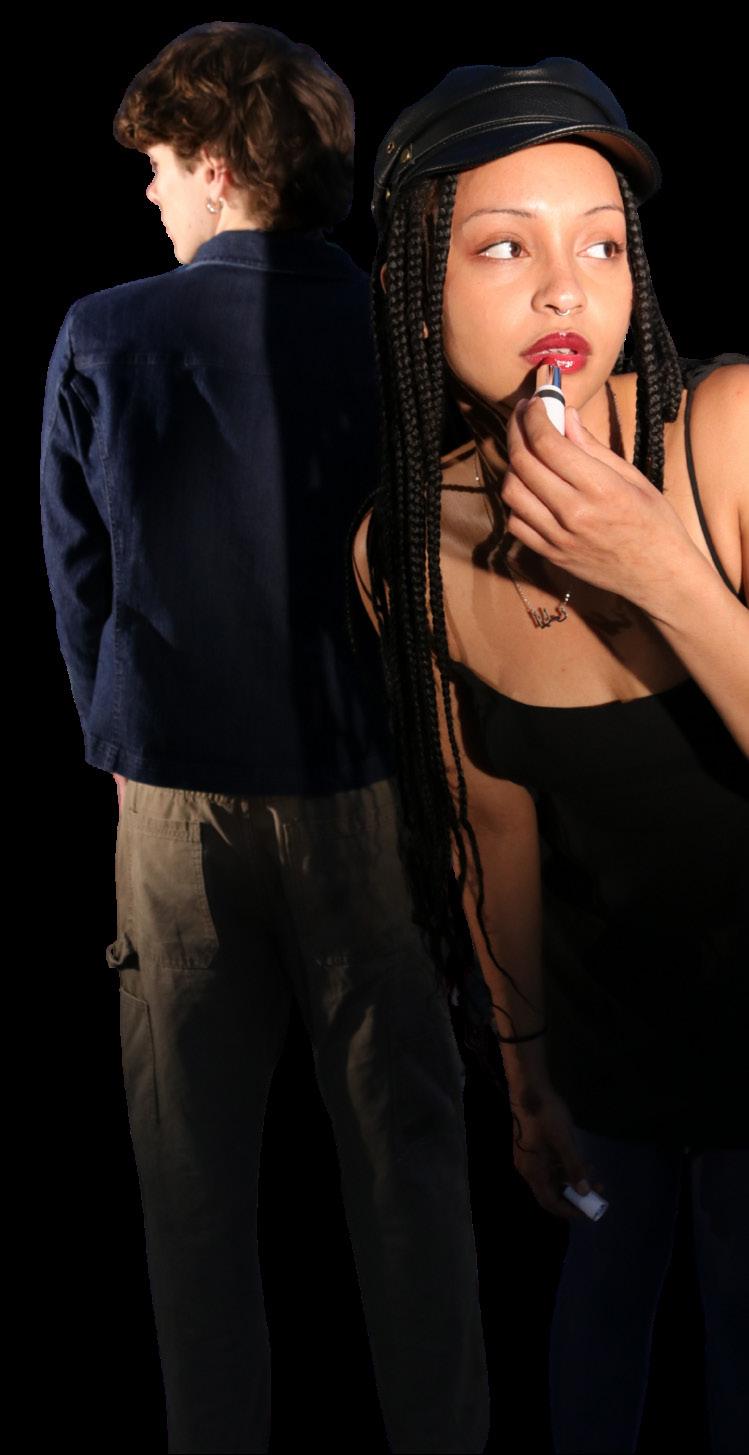
“Every culture has their staple of makeup, and a red lip is universal. All around the world, even if it’s a tint or a gloss, something about the color red can look good on anybody,” Sooklal said. Just like confidence.
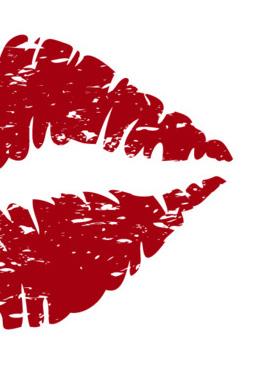
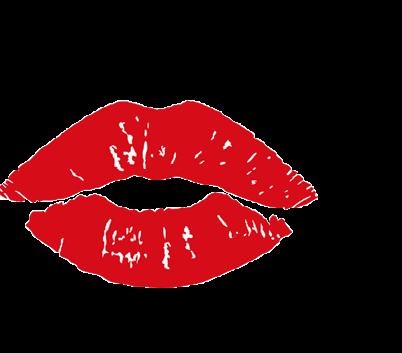
The lip effect can accentuate external beauty, but it is the internal beauty that is illuminated. It’s not just red lipstick that emanates power.
That is why more needs to be done than just red lipstick.
Alma Hartley, the professor of the “Gender in Society” course at UT, acknowledges the influence of the product’s effect on style and the various implications.
“Maybe what someone finds empowering is wearing no makeup or embracing indigenous styles of dress or dressing in gender non-conforming ways. If wearing red lipstick gives someone the confidence to go out and engage in collective action in solidarity with all those who are oppressed, then I’d say it is an effective form of empowerment,” Hartley said.
And while these symbolic acts are effective, Hartley recognizes the impact of further societal change through deeper engagement.

“Fashion can do it all. It is an art form and a medium for expression. Everyone can use fashion the way they want to, no matter what side of politics you’re on,” Sooklal said.
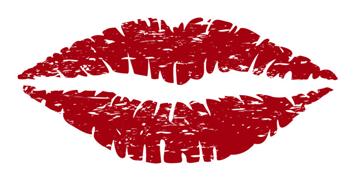
Not only is style an outlet for individuality, but it can be an influence for social progress, breaking barriers and presentation restrictions.
The color red creates a spectrum of perception. Some might lean into its attraction qualities, while others appreciate its sole empowerment.
Rep. Alexandria Ocasio-Cortez is the youngest woman and Latina to ever serve in Congress. She uses the red lip for its strong yet sophisticated complexion. Wearing power suits and vibrancy, she utilizes the “I’m here, and I’m bold” mentality.
“I will wear a red lip when I want confidence,” Ocasio-Cortez told Vogue.
Ranging from eminent influencers, the red lip has been promoted. But what happens when it becomes too employed?
Consumerist culture has diluted the political statement of the product as it once was decades back. Advertised as a makeup staple product, it is more prominent today. The issue is that commercialism has stripped the majority of its historical significance, shifting the focus from political expression to profit-driven promotion. It becomes unclear whether someone wears it to wear it or to prove a point.
“Intentionally asserting one’s autonomy in defiance of such norms, as a part of collective intersectional struggle, is one way in which liberation can be experienced here and now,” Hartley said.
Style evokes power. But in a world where oppression endures, true defiance is not just in what we wear but in what we are willing to fight for.
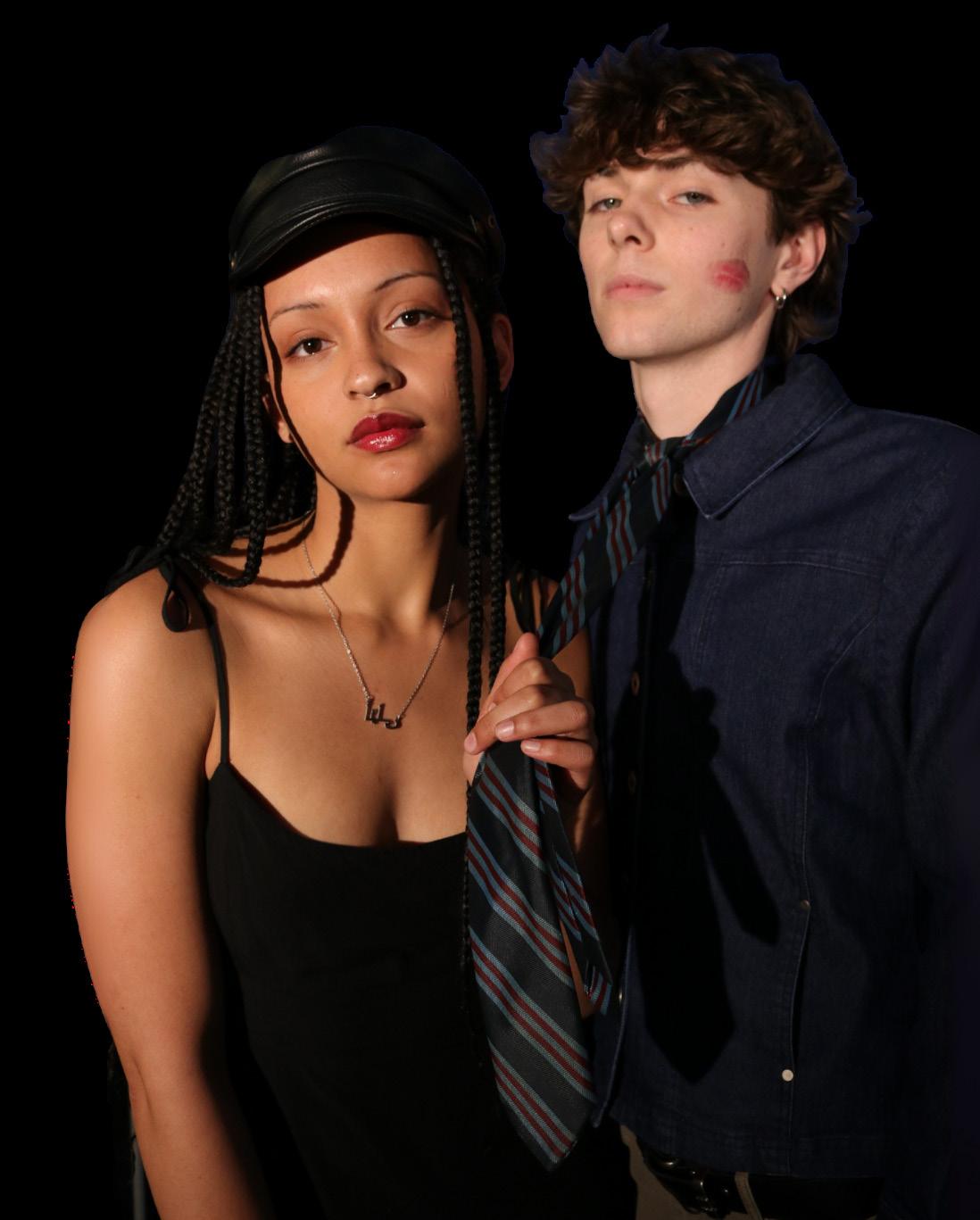
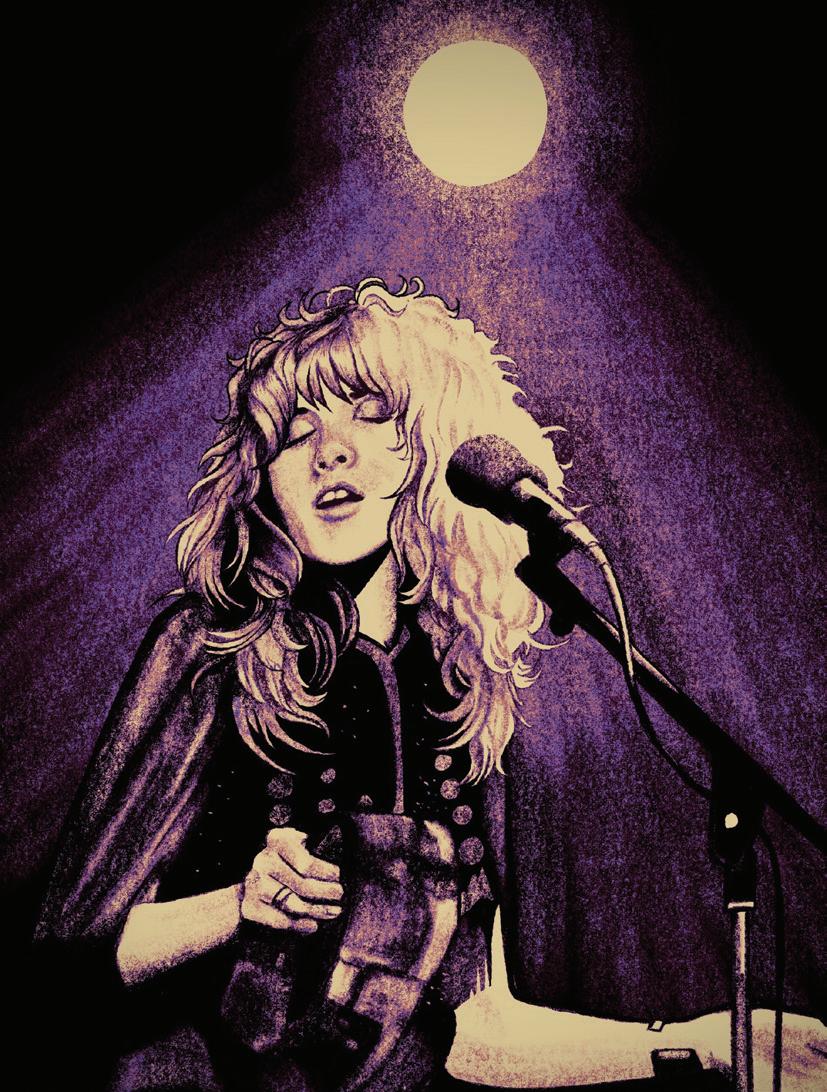
A new trend has emerged from the depths of the decades: vinyl records.
“I’ve been listening to vintage music since I was young, and am ecstatic about it gaining popularity in modern media,” says Remus Schmuhl, an apparel design student at Middle Tennessee State University. “I think that vinyls came back—in part—to the resurgence of vintage lifestyles and fashion.”
The way we listen to music changes just as quickly as the kind of music we listen to. Recently, Vinyl records have been lining Target shelves with faces both new and old, and record players can be found hiding like buried treasure in thrift stores. While Taylor Swift’s collectible vinyl records fly off shelves in a matter of minutes, older artists who catapulted the age of vinyl, such as Elvis Presley, Bob Marley and David Bowie are now suddenly being hunted for across eBay, Etsy, and other reselling websites.
The question is, long will the hunt last?
“I think sometimes when we see, like, the reemergence of trends, they have a tendency to either go away faster or they have a tendency to kind of stick around and just be part of our vernacular again. And I think that that’s probably what records will do,” said Jessica Wiseman, an elementary general music education Professor at UT.
Written by Megan Parker | Illustration
Wiseman believes that there’s something special and different about vinyl records and that it’s not just another decade trend that will come and go. Wiseman also says that the experience of vinyl music is what makes it different from other trends.
“I think for younger people, it’s something that, again, [is] a different way to just relate to the music, to sit with your record player at your house versus always just being on your phone again,” Wiseman said.
Vinyl is more than a medium — it’s an experience. It’s more interactive than a screen at your fingertips. The tangibility of going to a record store, searching for the record you want, taking it home and watching it spin makes listeners more appreciative of the music. While there is a large audience of vintage music lovers, the main face of the vintage revival lies in modern artists’ vinyl collections.
“I have one that was given to me. And it’s fun that I have it, but I think there has to be a reason for an artist to be on vinyl for it to mean something,” Wiseman said.
Joining in on trends such as this one will be fun while it’s relevant to the mainstream media, but it’s clear to see that the real lasting impact comes from an appreciation of the experience, not just the music.
“Because of the resurgence, there seems to be more people exploring vintage music,” Schmuhl said.
They note that they’ve noticed more people listening to artists like The Beatles or The Mamas and The Papas. So it seems that even when the music changes, record players will always hold a unique place in the hearts of listeners, forever impacting the way we experience music. Whether it’s the heart-shaped Lover vinyl by Taylor Swift or Freddie Mercury’s originals, vinyl expands beyond the screens of smartphones and into the hands of people who really care about music and artists. Vinyl has planted itself in the heart of music, and it’s safe to say that it’s not going anywhere anytime soon.
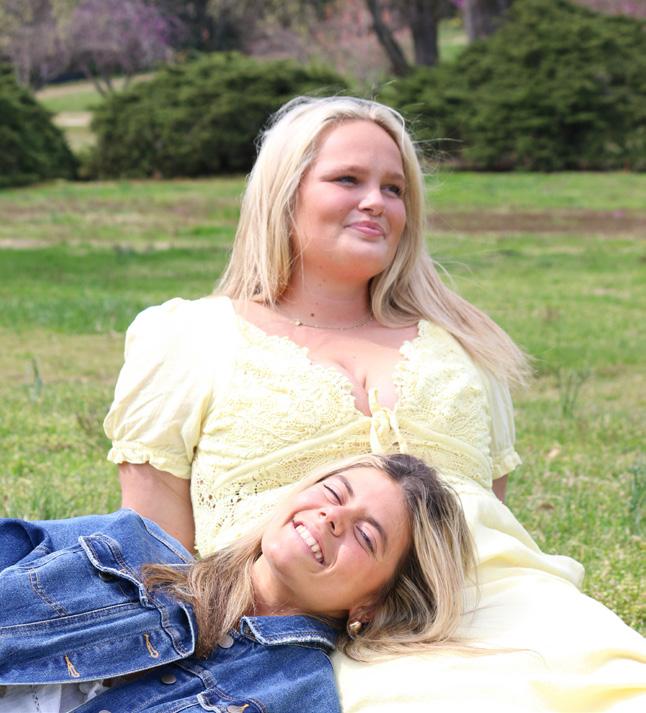

Women in Politics offers a balanced forum for discussion, education and advocacy.
As the bus pulls back into Sorority Village, two roommates with a passion for political science had an inspiring idea. Riley Moore and Libby Michael formed the Women in Politics organization last year, providing a platform to strengthen female voices in the political sphere.
Moore and Michael felt there was a sense of imbalance with the pre-existing political clubs. Like the story of Goldilocks, the organizations were too law-focused or too partisan, but Women in Politics was just right for them.
As president and vice president, Moore and Michael possess overlapping roles in creating the right environment and fostering balanced perspectives on societal issues. Michael and Moore emphasize the importance of focusing on women's perceptions and experiences in politics rather than party affiliations.
Offering an open forum for reflection and analysis of current events, the organization takes a unique approach to political education by hosting trivia games, group meetings and professional guest speakers.
By making political discussions easily understandable and accessible, the Women in Politics club is welcoming to all, regardless of the desire to pursue it as a career.
“We think members should be confident in [their] education and know the information is coming from a valuable place and not something that just kind of fits what [they] already think,” said Moore.
Their focus branches out into feminist issues that span broader than just politics.
They touched on how the media’s portrayal of women is directly correlated to their success in the political field. Social commentary touches on how women in politics
are often judged based on their appearance and family status, which men do not face to the same extent.
“Are they a mother? Do they not have kids? If they have kids, why do people think that’s either good or bad?... And how does this affect their politics?” said Michael.
These are just some conversations women within this organization share with those who are taking on leadership positions or running for office.
By hosting speakers like North Carolina State Senator Vicki Sawyer, the club strives to give these women in power a platform. Michael and Moore discuss the challenges women face in gaining recognition and the need for them to do more in order to be heard.
“Women have to say a lot more to be on the baseline that men are on,” said Michael.
As women break their way into the political landscape, the importance of this organization grows and adapts to the shifts in the political sphere.
Michael, Moore and the other members won’t cease to keep addressing and bringing awareness to women’s issues, despite the political party.
“We both see an issue in politics, and instead of being angry about the issue, we want to take charge of it and actually find a solution,” said Moore.
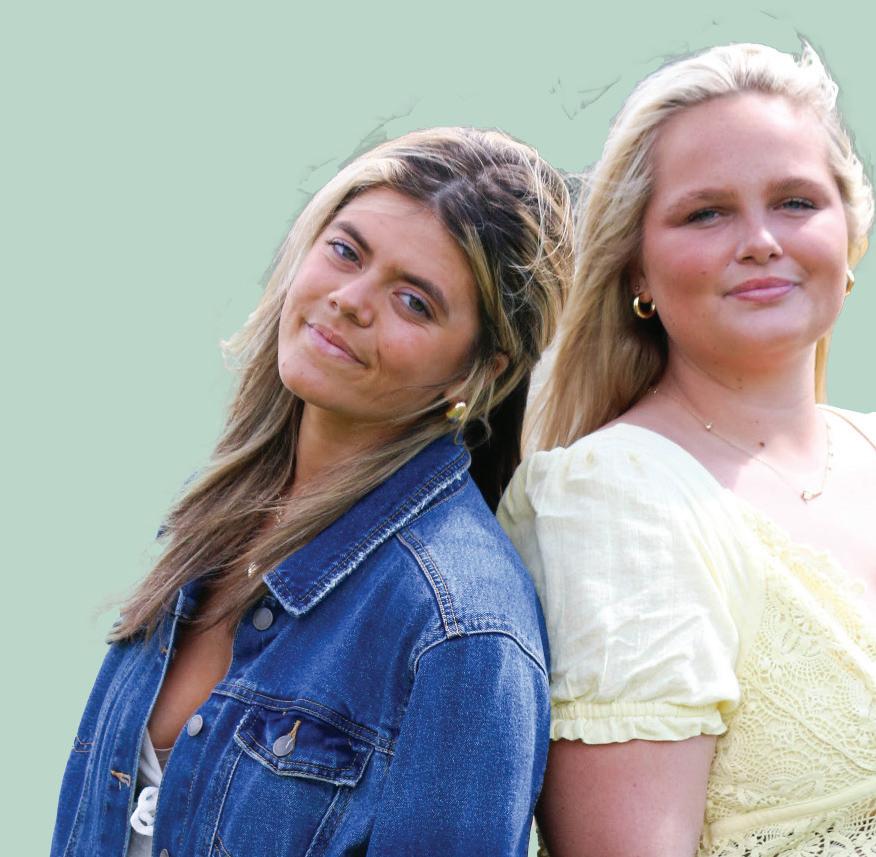



Writtenby AnnaLattin|PhotosbySophiaCarter|DesignedbyTaylorPearson
Art has always been a way of expressing the beliefs and the voices of groups that have had to fight to be heard. The feminist movement, in particular, has a strong foundation in art. Jenna Gribbon, an artist born in Knoxville in 1978, uses her art as part of explorations of female perception and the queer female gaze. Most of her artwork, such as the painting “Here for you,” depicts her girlfriend as the subject, showing how Gribbon views her. Her work stems from a lack of female and lesbian relationships in queer imagery and history.
“It took me so long to understand myself and my sexuality, and that could be attributed in large part to the lack of images of women in relationships with each other,” Gribbon said in an interview for Vogue, “There’s a bit more history of gay men depicting and depicted in romantic situations, but I’d seen so few examples when I was growing up of queer identity among women.”
“There’s a bit more history of gay men depicting and depicted in romantic situations, but I’d seen so few examples when I was growing up of queer identity among women.”
Art like Gribbon’s stems from the needs of communities that aren’t being met by society, which is why art expresses the movements of the past and of the present. Gribbon’s works have precedent in artworks from the past that express the feminist movement and other movements. From the 70s
to the present day, the feminist, civil rights and LGBTQ+ movements have been captured in art.
Martha Rosler, a photographer, cinematographer, sculptor and performance artist, used her art to make commentary on the treatment of women and as criticism of war. One of her notable pieces, a short film titled “Semiotics of The Kitchen” released in 1975, critiques the idea of the kitchen as a female space by parodying cooking shows and how they portrayed women during the 70s. Today, the female space has expanded into the classroom and workforce, but many women still feel the need to prove themselves to be taken seriously in these capacities.
The female space has expanded into the classroom and workforce, but many women still feel the need to prove themselves to be taken seriously in these capacities.
Betye Saar was a black artist who was involved with the black feminist movement and the black power movement. Pieces like her “Liberation of Aunt Jemima: Cocktail,” a Molotov cocktail with the popular syrup label, showcased the violence between activists and police officers and addressed the stereotyping of black women. Aunt Jemima is considered a “mammy character” which is a harmful stereotype of black women stemming from slavery, hence the call to liberate her from that role.
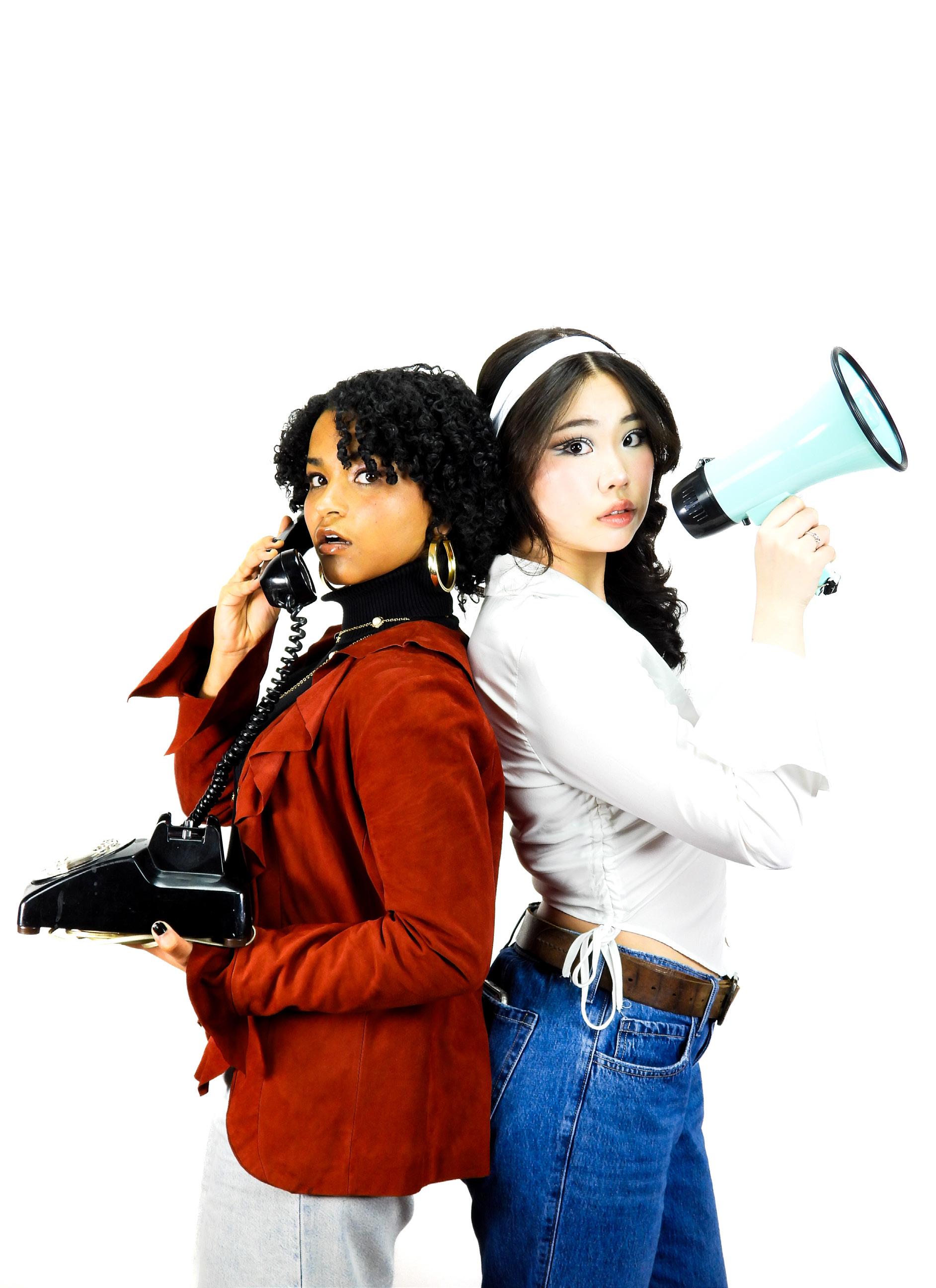
Art like Saar’s can be seen as a form of protest, a form of advocacy. When most people think of performance art, dance and theater come to mind, but performance art encompasses much more than that. Performance art includes protests, walk-ins, tests of the human body alongside deliberate and intentional movement pieces like a dance performance. Heather Hawkins, a performance art professor at UT, explains how performance art has had a lasting impact on social change, both in the past and present.
“Performance art gains a resurgence or a lot of traction during times of upheaval, you can see it as a direct correlation to warring times.”
“Performance art gains a resurgence or a lot of traction during times of upheaval, you can see it as a direct correlation to warring times,” Hawkins said. “So a lot of it is really in response to whatever the dominant culture, the dominant government that is in power. It’s usually in critique of those things.”
Hawkins referred to many feminist performance artists such as Joan Jonas, whose performances and films drew attention to female representation and the shifting female role. Jonas’s performance “Organic Honey’s Visual Telepathy” explores her perception of herself as seen through a camera and how the camera transformed her into “an erotic electronic seductress,” which comments on the sexualization of women in media. This perception of women persists today, with advertising firms reporting that “sex sells,” which disproportionately sexualizes women, is still a significantly effective marketing technique.

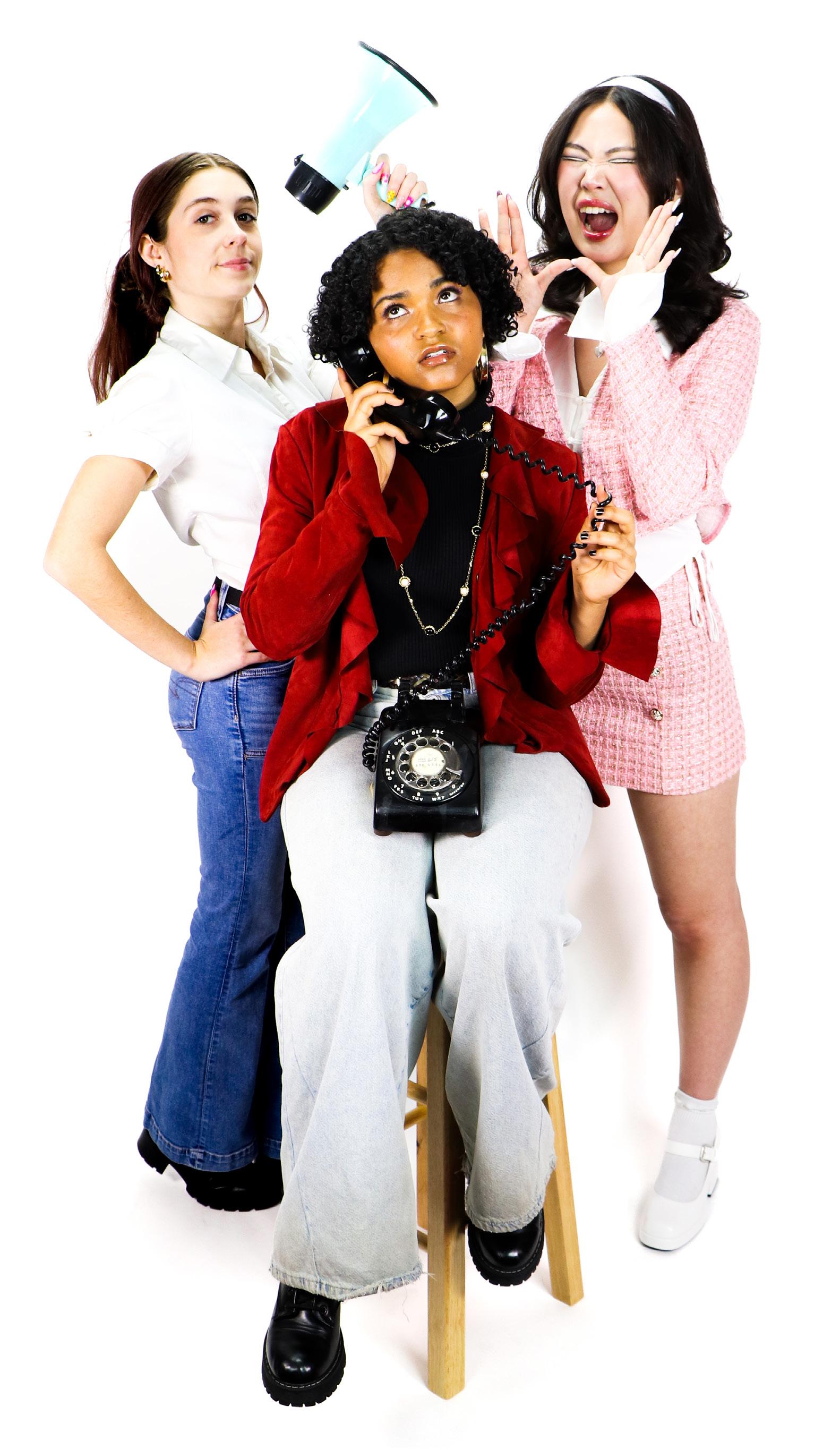
Another notable feminist performance artist Marina Abramović explored mental health and bodily autonomy through her performances. Her most famous performance, “Rhythm 0” in 1974, was an exploration of human depravity and objectification toward women.
Exploration of human depravity and objectification toward women
Abramović made herself a passive participant in the performance and offered the audience 72 objects that they could use on her without consequence for six hours. At the performance’s end, Abramović was stripped, maimed and dehumanized, describing herself as “Madonna, mother and whore,” in an interview with the New Yorker.
Art amplifies the voices of those oppressed and strengthens understanding in the community. Feminist artists of the 70s continue to be heard and inspire artists like Gribbon in the present feminist movement.
Art amplifies the voices of those oppressed and strengthens understanding in the community.
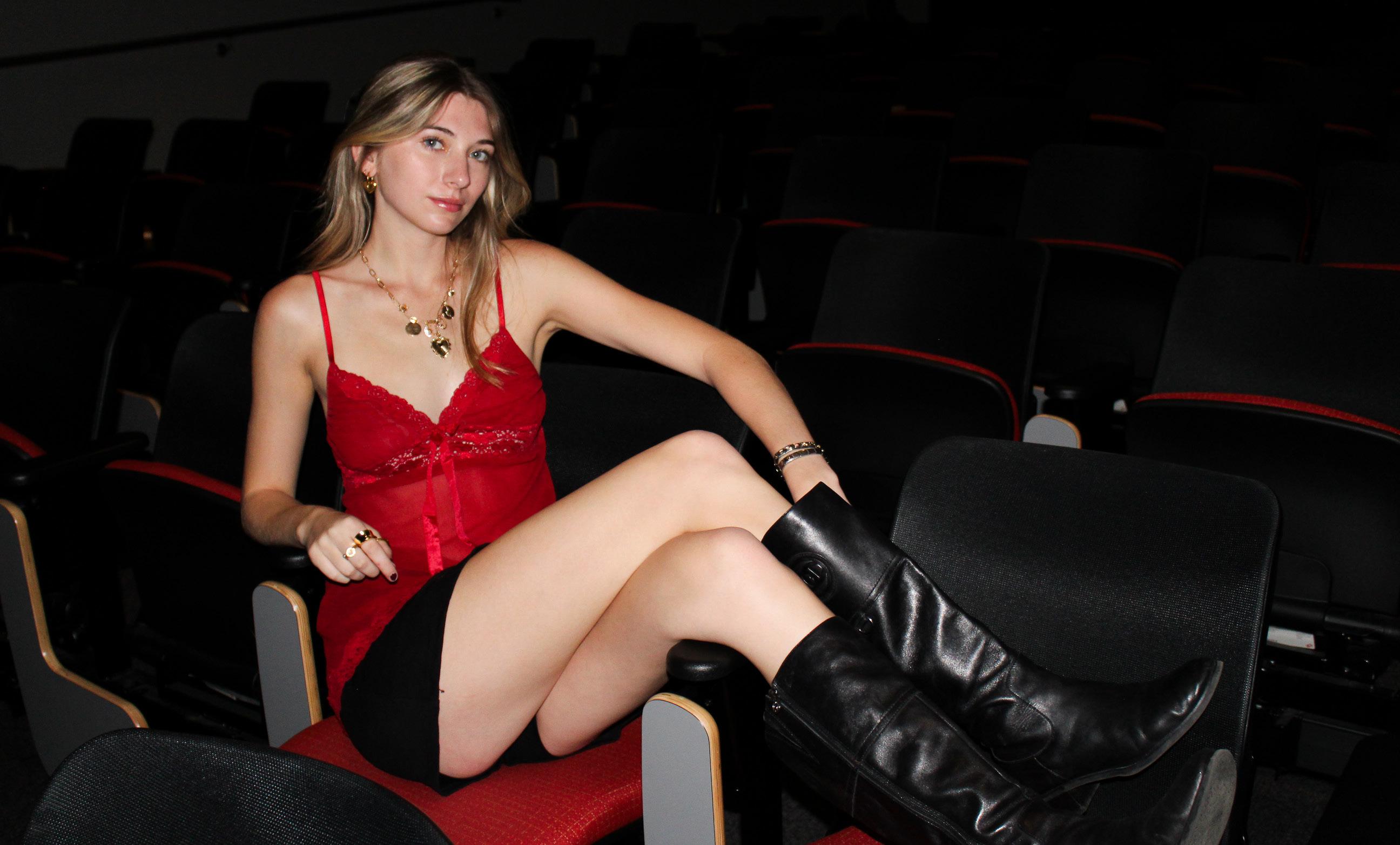
Hear from two of the Knoxville women who are dismantling the notion of a male-dominated film industry.
WrittenbyNicoleBrown|PhotosbyMadelynStone|DesignedbyPeytonBlumenfeld
The film industry is a highly sought-after form of creative expression, and Knoxville is no stranger to the limelight when it comes to filmmaking. Take one “Intro to Cinema Studies” class at UT, and you’re guaranteed to leave with a plethora of Quentin Tarantino trivia knowledge. Knoxville has always taken pride in being the birthplace of one of the most well-known names in film. However, the industry has a fundamental problem that reaches Knoxville and beyond. The pressing issue is that the industry has always been male-dominated, both behind and in front of the camera. Despite these barriers, Knoxville women continue to work diligently to break through the celluloid ceiling.
Knoxville’s place in the film industry began in March of 1895 when East Tennessee’s first Kinetoscope, the original motion-picture camera, was put on display at Gooding’s Drug Store. Knoxville has since become a hotspot for filmgoers and filmmakers alike, with events such as Film Fest Knox drawing in media companies from around the world to get a taste of what Knoxville creators have to offer. Some media companies are in no need of traveling to find their creatives. Loch & Key Productions, a Knoxville-based company, found their most recent creative right at their doorstep.
Rachel French, a recent graduate of UT’s Cinema Studies program, has proven her
place in the film industry as a production assistant for Loch & Key. An avid movie lover from the moment she saw “Star Wars: A New Hope.” As a toddler, French has always held a special place for film in her heart, even as she enrolled in a local community college in pursuit of a degree in dental hygiene. Everything changed in the spring of 2022 when she first watched “La La Land.”
“This just jump-started what I knew was already there,” French said. “I switched schools and majors and started studying film in the fall of 2022.”
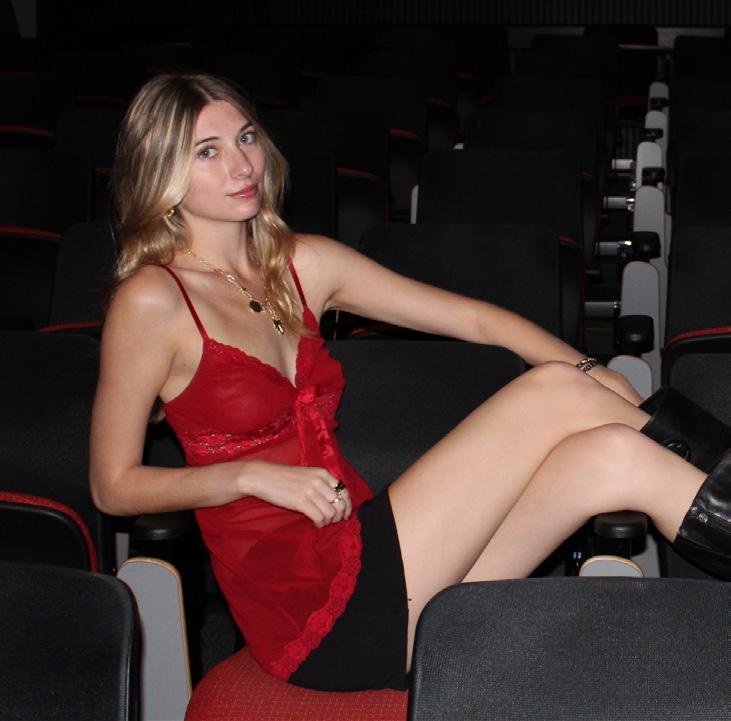

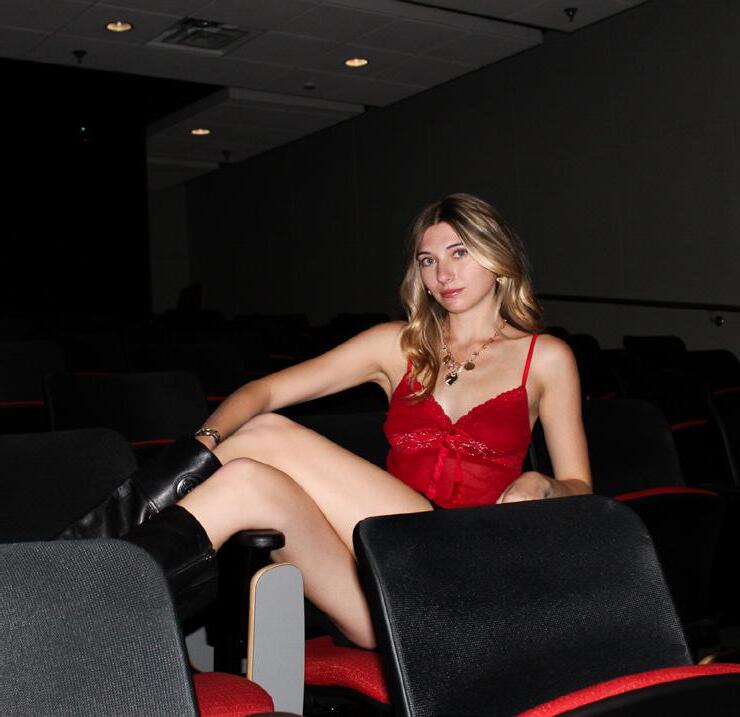
Fast forward to her senior year, interning at Tombras and Loch & Key, French has learned the importance of speaking up for yourself.
“It can be hard to speak your mind and share your ideas as a young woman in a very old male-focused industry, but I have found that if you don’t advocate for yourself, no one will,” French said. “Be ready to work and work hard with a positive attitude. Confidence will take you very, very far.”
French’s hard work and dedication to her career goals are stellar examples of how women are representing themselves in Knoxville’s film industry. Another woman leaving an impact within the industry is Janelle VanderKelen, associate director of Time-Based Foundations at UT’s School of Art.
VanderKelen is a filmmaker and ceramics artist who came to Knoxville excited to join the creative community of educators at the School of Art. Coming from a background in live performance, VanderKelen’s films take an animated and experimental approach to exploring the unseen movement of inhuman entities, such as plants and fungi, with
the goal of establishing a better connection between us humans and the world in which we live.
“Animation helps slow things down or speed things up in my films so we can empathize better with the plants, fungi, animals and geologies with which we live,” VanderKelen said.
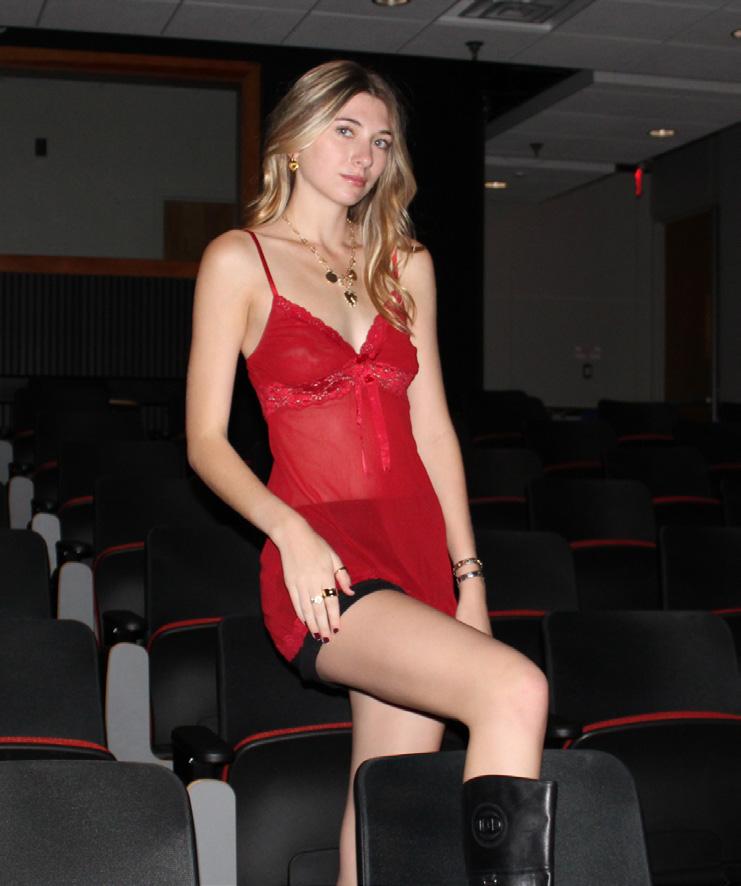
Her unique and empathic ability to capture and highlight Earth’s less-regarded inhabitants has earned her a multitude of awards, with the most recent being a Creative Capital Award
for “The Golden Thread,” her current feature film. This film is highly influenced by Hildegard of Bingen, a strong female leader from the High Middle Ages who holds many titles ranging from composer to naturalist.
“Hildegard’s life and writings provide an anachronistic jumping-off point to think about very contemporary environmental concerns and ways that perceptions of the environment and environmental care have evolved over time,” VanderKelen said.
Just as VanderKelen is taking inspiration from Hildegard’s life’s work, future female artists will do the same with VanderKelen. Within that idea lies the importance of women making themselves heard, whether that be through art or another form of expression.
Knoxville women such as French and VanderKelen, as well as all women globally, hold the power and influence necessary to spark a change in the film industry for good. They are paving the way for the women of generations to come. With their contributions to the industry, we can confidently say that there is a future in which women are no longer seen as underdogs in film.

Written by Alyx Shaw & Reagan Jones | Photos by Maywyn Haydamack | Designed by Lailah Rucker
Everybody knows and loves discovering what our celebrity faves hide in their luxury purses. From everyday essentials to niche, unexpected items, revealing your purse contents seems like an intimate way to get to know what is important to someone.
Headphones: Whether you are an AirPod girl or have a set of tangled-up wire headphones shoved into your bag, it's essential to have a way to listen to your current favorite songs or productive podcasts!
Lip products: Having more than three lip products is normal, right?! The Summer Friday’s Lip Butter Balm and the Rhode Lip Peptide Treatment are popular choices, but Aquaphor is always a classic.
Wallet: Always need to have your payments and ID on deck. Pro tip: Invest in a wallet with a place for a tracker like an “AirTag” or “Tile” in case you lose it.
Self-Defense Tools: Something not seen in many of these celebrities' bags is self-defense tools. Safety is a huge concern for women worldwide, especially those on college campuses, so what can we do to protect ourselves? One very popular tool is a personal safety alarm. These often resemble keychains and with the push of a button or a firm downward pull, sound off an alarm letting bystanders know you might be in danger. Birdie is the most popular brand and has a myriad of colors and patterns to match your style!
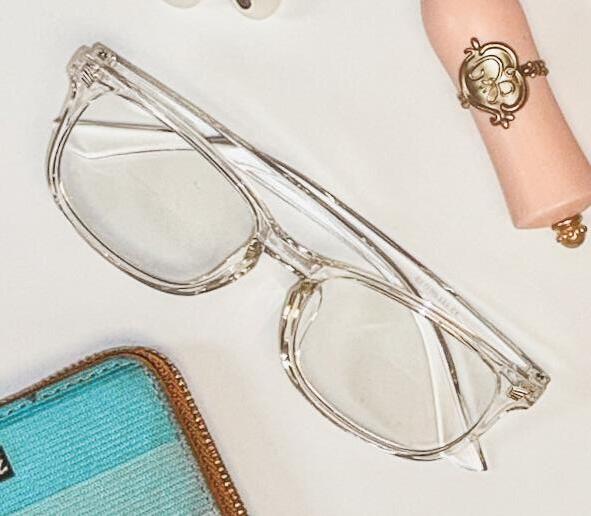
Bag Charms: Bag charms have also become a must-have on your bag. Whether it be a fun chain, a ribbon tied into a bow or a miniature stuffed animal, charms are the perfect way to make your bag your own. Adding charms to your backpack is also a fun way to show off your style and can even be a conversation starter. Many students add pins from their organizations.
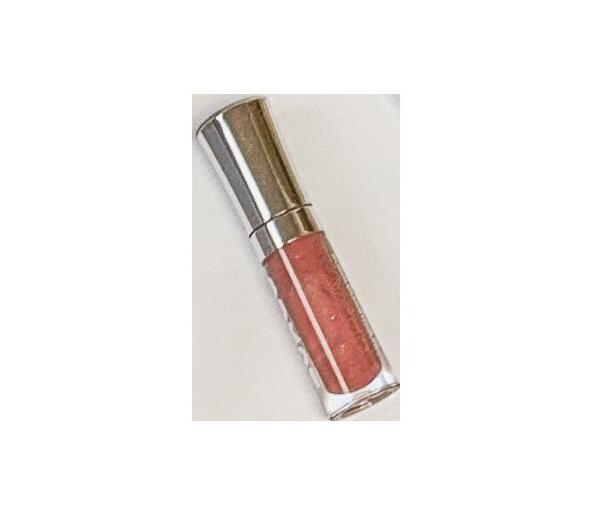
Film Camera: A fun way to take vintageinspired photos!
Book: With the rise of the “thoughtdaughter” aesthetic, being seen with a book is crucial even if you do not have a book stylist to pick it out for you. Whether it is a memoir like “Everything I Know About Love” by Dolly Alderton or a self-help staple like “Women Who Run the World” by Clarissa Pinkola Estés, reading about others’ approaches to life allows us to find meaning in ours.
Blue-light glasses: A backpack essential for protecting your eyes while spending long hours in the library.
Sonny Angel/Smiski: Collectible minifigures have all the girlies in a chokehold.

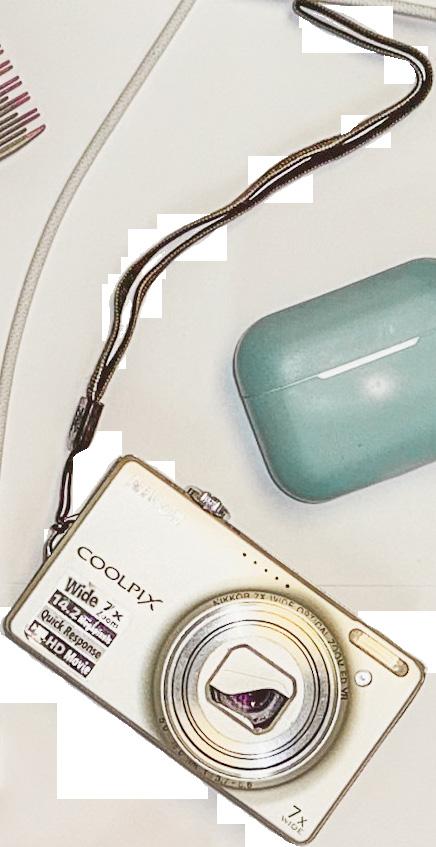
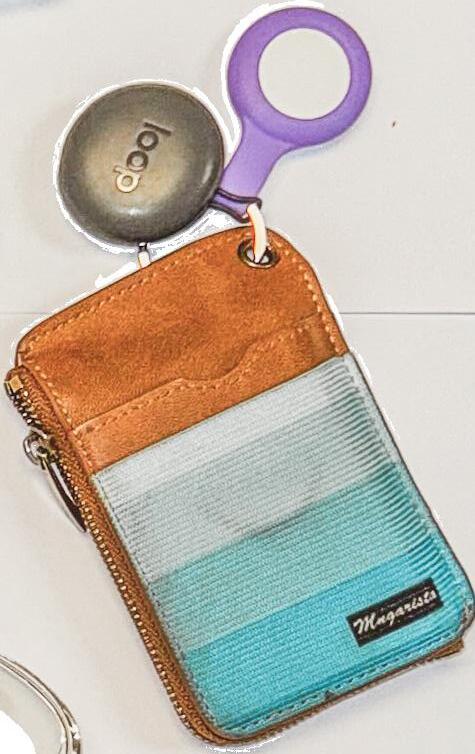


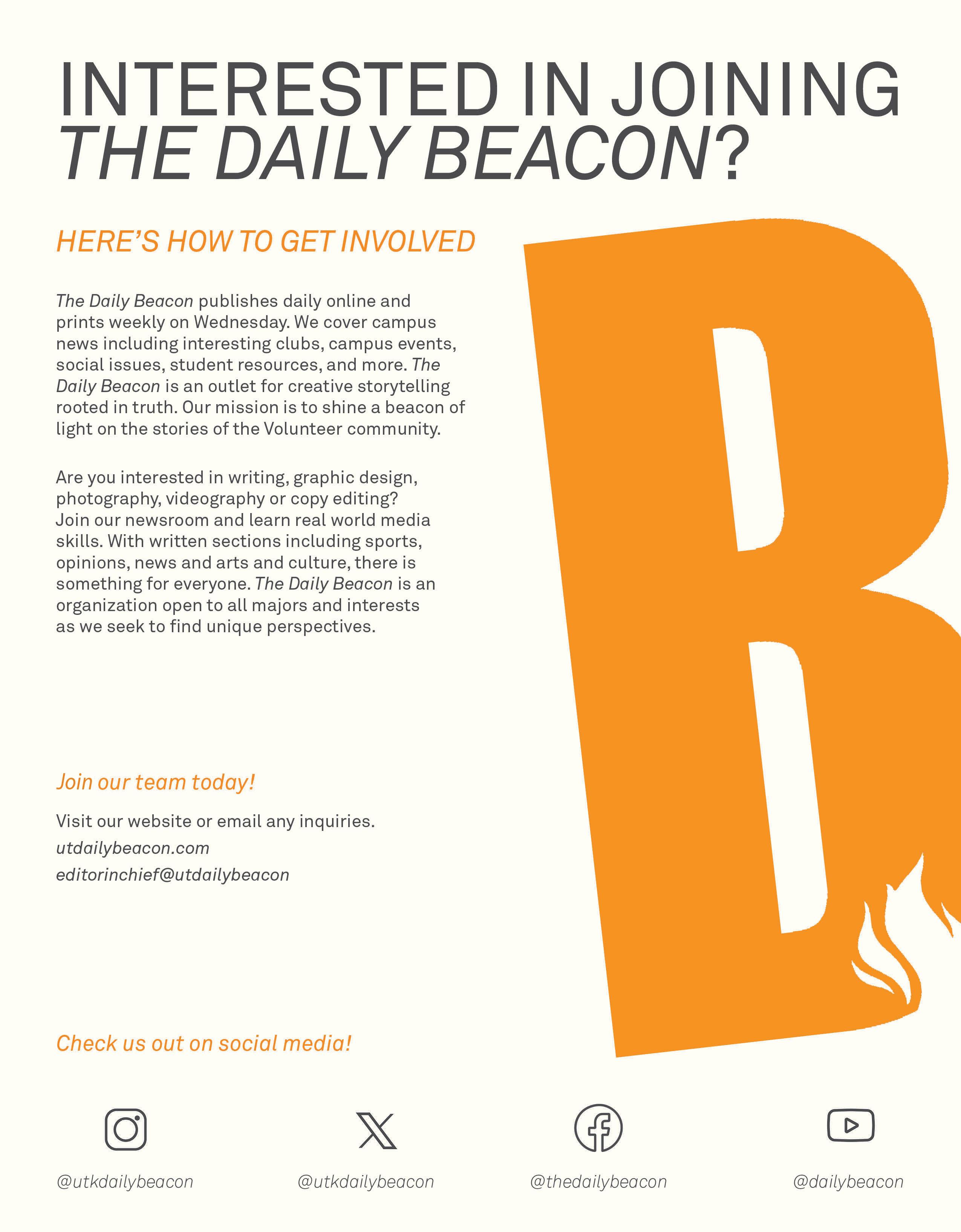
Written by Aubrey Holland | Photos by Madelyn Stone | Model: Sophia Carter | Designed by Peyton Blumenfeld
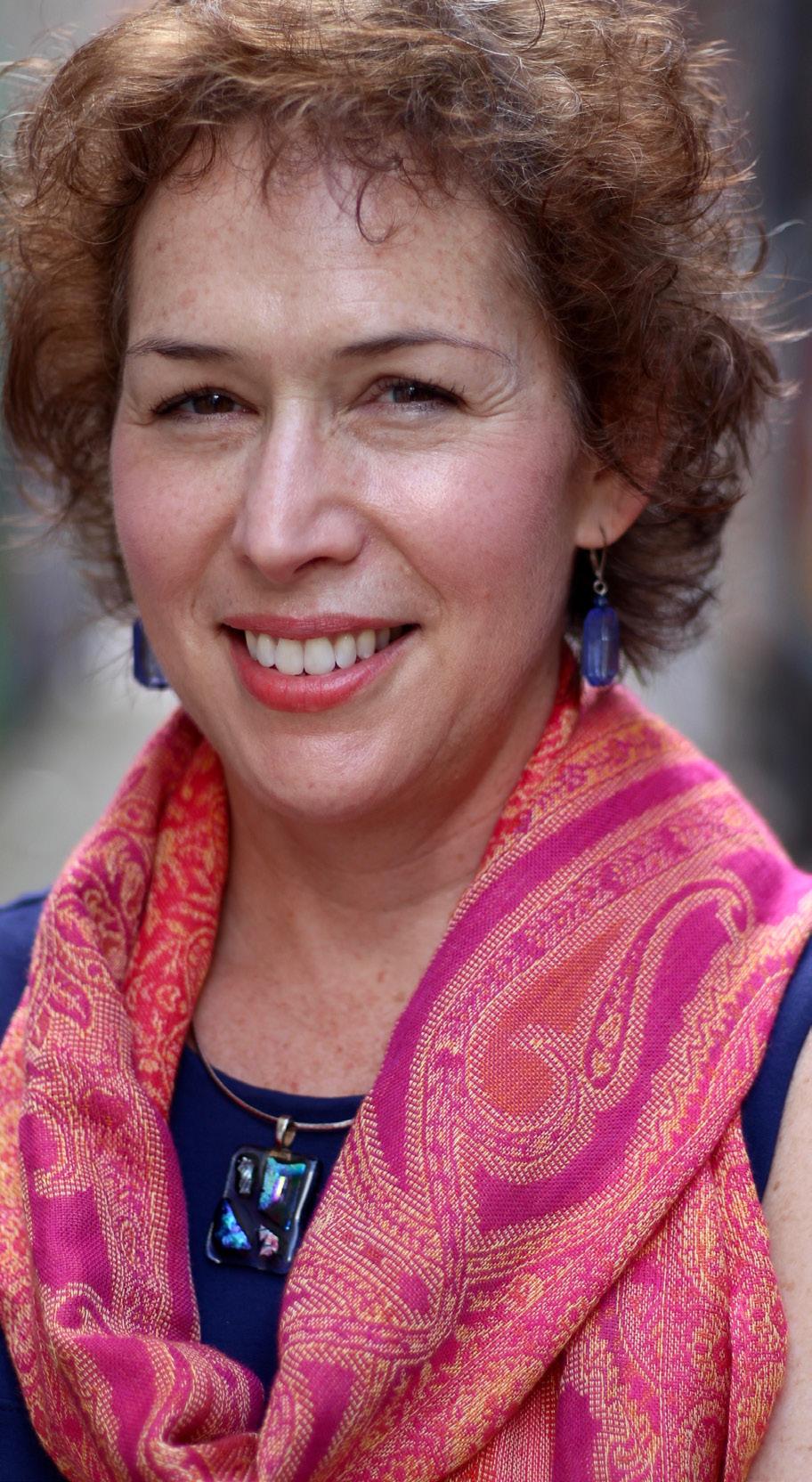
Ever wonder what life is like for a UT academic head?
Misty Anderson is the head of English and has been a professor at UT since 1996. Her journey to becoming head of English is motivating and awe-inspiring to liberal arts students and theatrical admirers alike.
Her interest in the arts grew while studying in undergraduate and graduate school. While she always had a love for themes of gender and sexuality, a class with Jill Cambell at Yale on the subjects reframed what she thought the eighteenth-century period was about. Before this, she hadn’t registered that women were professionally writing at the time, and this realization only made her interest stronger.
Later on, Anderson was able to explore this period in graduate school with her mentor Margret Doody at Vanderbilt, who gave her the freedom to stage readings of plays in her living room with her classmates. This became a monthly event for the students and helped Anderson to learn how theatre worked.
“This environment took me deeper into bringing the page and script to life,” Anderson said.
“This environment took me deeper into bringing the page and script to life.”
Anderson is a founder of the R/18 Collective, a group of scholars who spread the knowledge of theater in the eighteenth century. Their mission focuses on engaging with different theatre companies to promote play productions and researching eighteenth-century repertoire as it connects to society today.
“We’re more interested in the way this period holds the keys to understanding some of the ways that we continue to struggle with what gender is, what nation means, how race comes to function in the world,” Anderson said. “Lots of questions that we feel are utterly urgent.”
While Anderson has done extraordinary work independent of UT, she has also collaborated with the Clarence Brown Theatre. This past September, she worked to stage “Cato, A Tragedy.” With an equity cast and funding from the Institute of American Civics, the play was a great success. Anderson is also working on future projects, such as a table read of “The Revenge” at Red Bull Theatre and a remount of “Cato” at the University of Mississippi in January 2026. Now, Anderson uses her position and work as head of English to engage with students and other organizations everywhere.
As head of English, her position is important in helping her students and colleagues grow and thrive in their various fields by providing several opportunities to learn and develop. She is greatly involved in the English community and continues to make it a space of growth and support. Specializing in eighteenth-century literature and is a professor of theatre and religious studies, Anderson has published multiple books on eighteenth-century dramatics, staged multiple plays and branched out to organizations involved in this art both on and off campus. Her many interests in women writers and the history of gender and performance are a big part of her motivation in her career.
“I am very convinced that the world needs more English majors, and I want to make sure that every student who comes to the University of Tennessee has access to the highest quality liberal arts education that we
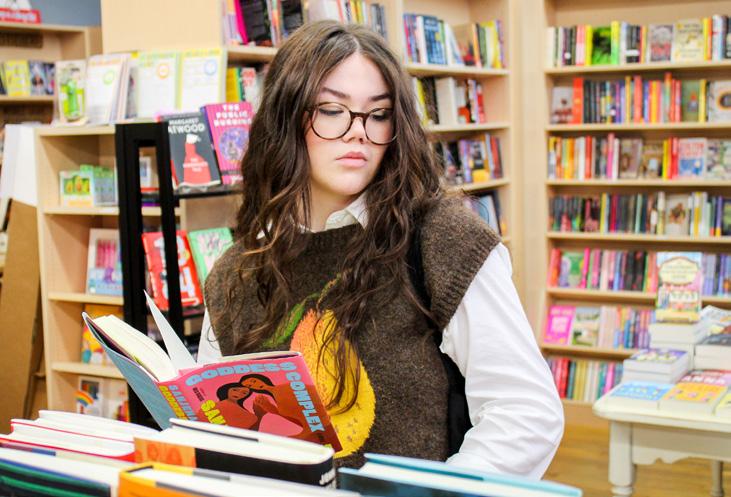
“I am very convinced that the world needs more English majors, and I want to make sure that every student who comes to the University of Tennessee has access to the highest quality liberal arts education that we can possibly give them.”
can possibly give them,” Anderson said. Though she has been the head of English for the last five years, her love for teaching is still a part of her passion for eighteenthcentury studies and connection with the liberal arts community. She believes it’s important to look back and study this period in order to continue to understand what gender and sexuality mean in the modern world. She believes that we still have many questions to work out. Engaging in these topics with her students is what makes being a professor special to her.
“I joke with my students that we are still in the eighteenth century,” Anderson says.
She believes that we still have many questions to work out. Engaging in these topics with her students is what makes being a professor special to her.
“There is nothing like the thrill of talking to a group of students about something that sparked passion in me, something that made me realize something about the human condition or human history that I didn’t understand anymore,” Anderson said. “Their eyes light up. And seeing the connection happen, I can see it in their
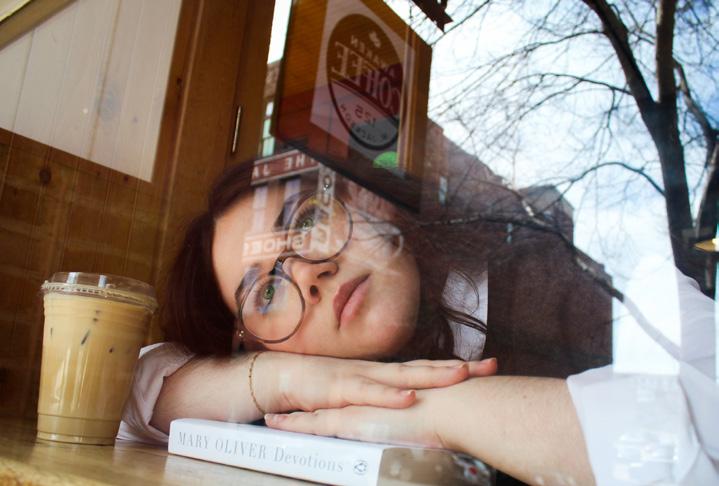
faces, and I can tell by the way they respond. Those moments are electric.”
Throughout the years, she has consistently encouraged students who are a part of or are interested in joining the English department to follow their passions. Anderson believes these people, or rather critical thinkers, are valuable in our world. We need more people who are motivated and curious about these things. Gender, religion, drama, sexuality and race are all important, and Anderson has shown that the people who study them are just as important.
“Anyone, and especially young women, who are passionate about reading, who find being English majors an exhilarating experience: keep going,” Anderson said.
This fall, Anderson is stepping down as department head to become the president of the American Society for EighteenthCentury Studies, furthering her work and research as an inspiring scholar in the new position.

Food while Supporting Female Entrepreneurs
Written by Abby Anderson | Photos by Candace Viox | Designed by Brooke Filaroski
As college students, we often catch ourselves craving the familiarity of home - whether that be the warmth of a home-cooked meal or a cozy feeling surrounded by good vibes and even better food. Knoxville has become rich in the culinary scene, and there are plenty of places that will satisfy those cravings. Some of these spots are owned by fierce, passionate and talented women. These local restaurants offer a taste of delicious comfort foodthat hits the spot when you are craving home but also provide an inspiring glimpse into the power of
being a female entrepreneur. Here are some of the best places to find comfort food and support women who are making their mark on Knoxville. that hits the spot when you are craving home but also provide an inspiring glimpse into the power of being a female entrepreneur. Here are some of the best places to find comfort food and support women who are making their mark on Knoxville.
Local restaurant Water into Wine is a small wine bistro that has a from-scratch kitchen. With over 85 different types of wine, a well-curated bourbon selection and beautifully made meals, this restaurant truly has it all.
“I wanted to create a community place where there’s healing, where there is conversation.”


“I wanted to create a community place where there’s healing, where there is conversation.” said owner, Candace Viox. The bar was created to bring mixology and community to Farragut and give people a new place to go. With a cozy environment, amazing owner and pleasant staff, this is a great spot to chat with friends, catch up on work, crack open a book or even meet Viox yourself. Being a from-scratch kitchen the menu changes often to give visitors and regulars a twist and something new. They like to keep their menu seasonal when it comes to meals such as their ever-changing brie flatbread.
“Right now it has an apple chutney and a maple vinaigrette, and then in the spring we may do a spinach and strawberry with balsamic, who knows? It’ll be springy!” said Viox. Along with different varieties of flatbread, they also serve fish most Fridays, ranging from Chilean sea bass to salmon. “One of the best sellers on their menu is their spinach and artichoke stuffed mushrooms, which is Viox’s menu favorite! Viox shared the struggles she faced and the obstacles she encountered and had to overcome during her nearly 10 years as a restaurant owner. As a woman in a male-dominated industry, she has encountered discrimination from vendors as well as fellow male restaurant owners. Despite this, she has always held her head high, stayed grounded in her faith, and approached every challenge with kindness and resilience. She spoke about attending tastings and mixers with men who have treated her as less than, yet she continues to show up with grace and make it clear that she deserves the same respect as any man in the room. Her unwavering commitment to her values and her ability to confront adversity with dignity is truly inspiring.
Viox’s story is a testament to the power of local businesses and the remarkable impact they have on our community. In Knoxville, female-owned restaurants like Water Into Wine don’t just offer great food; they also provide a space for locals, students and visitors to experience the warmth and hospitality that make Knoxville so special. Restaurants play an important role in shaping the local culture, offering not just comfort food, but also becoming spots for the community that reflect the heart and soul of Knoxville.
Farmacy is another local woman-owned restaurant here in Knoxville. Farmacy’s menu is what is called a farm-to-table menu, which highlights the freshness of the ingredients they use in each dish. Their menu is full of Southern comfort food, and it is a great place to go with friends. Owner Bettina Hamblin said that she wants her food to have a home-cooked, made-with-love feeling that all her guests could come to enjoy.
As you browse through their menu, you’ll find a selection of southern classics with a twist, such as their signature French dip, the ‘Good Ole Boy,’ which adds a fresh take on the beloved dish and is my personal favorite on their menu. For the burger lovers out there, the Farmacy burger is a must-try – a classic smash burger topped with unique toppings like whiskey onions and pickle juice mayo. To complement these sandwiches, they also offer a variety of sides, including handcut fries, brown butter green beans and their creamy Gruyere and leek mac and cheese.
For those in search of more of a farm-to-table experience, their menu also features a range of salads and bowls, showcasing the best of their fresh ingredients. Whether you choose a refreshing wedge salad or a nutrient-packed vitality bowl, you’ll enjoy the taste of perfectly prepared vegetables.
In Knoxville, we find so much local culture within the food scene here, that students have a special opportunity to find comfort in places that go beyond just serving a delicious meal to their guests. Female-owned restaurants like Water into Wine or Farmacy are more than just places to grab a meal - they offer an environment where students and locals can find a sense of community and belonging, all while supporting these inspiring women who are making their mark in a male-dominated industry.
Being away from home can be difficult - missing the home-cooked meals or the atmosphere of family and friends gathered together. Thankfully in Knoxville, you can find that comfort. The female restaurant owners here in Knoxville not only fill your belly but also fill your soul. From the inspiring resilience of Candace Viox at Water in Wine to the passion of Bettina Hamblin at Farmacy, these women are leading the way for others to follow.
The city’s growing sports culture rallies behind the potential WNBA Tennessee Summitt franchise inspired by Pat Summitt’s impact on women’s basketball.
Written by Carmen Rivera | Photos by Sophia Carter | Desgined by Shelby Perdue
Nashville’s bid to secure a WNBA team is gathering momentum, fueled by strong community support and a deep connection to the legacy of coach Pat Summitt. As the city’s sports culture grows, many view this potential franchise as a milestone for women’s basketball and as a tribute to Summitt, who revolutionized the sport.
A group led by former Tennessee Governor Bill Haslam and his wife Crissy Haslam have submitted a bid to the WNBA for a 2028 franchise, named the Tennessee Summitt in honor of the late former coach of the Lady Vols. The group includes Tennessee celebrities and athletes including, Candace Parker, Peyton Manning, Tim McGraw and Faith Hill.
“This is going to be Tennessee’s team, there will be families with daughters who play basketball, but there will also be people who don’t even know they love this sport,” Crissy Haslam told The Tennessean.
For Nashville, securing a WNBA team would be a very symbolic and historic achievement; it would be the city’s first franchise in the league.
“I just feel like people have been manifesting a team in honor of Pat for so long now,” former Lady Vols player Isabelle Harrison told the Knoxville News Sentinel.
This bid has gained attraction, driven by Nashville’s growing sports culture and its passionate support for women’s athletics. Bill Haslam recognizes the city’s potential as a
sports destination; he sees the franchise as an opportunity to empower young athletes and provide a larger platform for women’s sports.
“We believe a WNBA team in Nashville could serve as a beacon for young girls and women, young and old, across Tennessee, while also creating more opportunities for sports fans as our community continues to grow,” Bill Haslam said in a statement to USA Today.
“We believe a WNBA team in Nashville could serve as a beacon for young girls and women, young and old, across Tennessee, while also creating more opportunities for sports fans as our community continues to grow.”
Bill Haslam sees the growing prominence of women’s professional sports and believes Nashville is the perfect place to fill the void for a franchise like this.
The Pat Summitt Foundation shares the excitement fans have with Executive Director Morgan Vance calling the bid an honorary tribute to the late legendary coach.
“We’re doing the work Pat intended us to do,” Vance said. “We’re moving the needle forward.”
Vance expressed gratitude for those seeking to honor Summitt through the potential arrival of the WNBA team, admiring the significance that her contributions had to both the sport and the state.
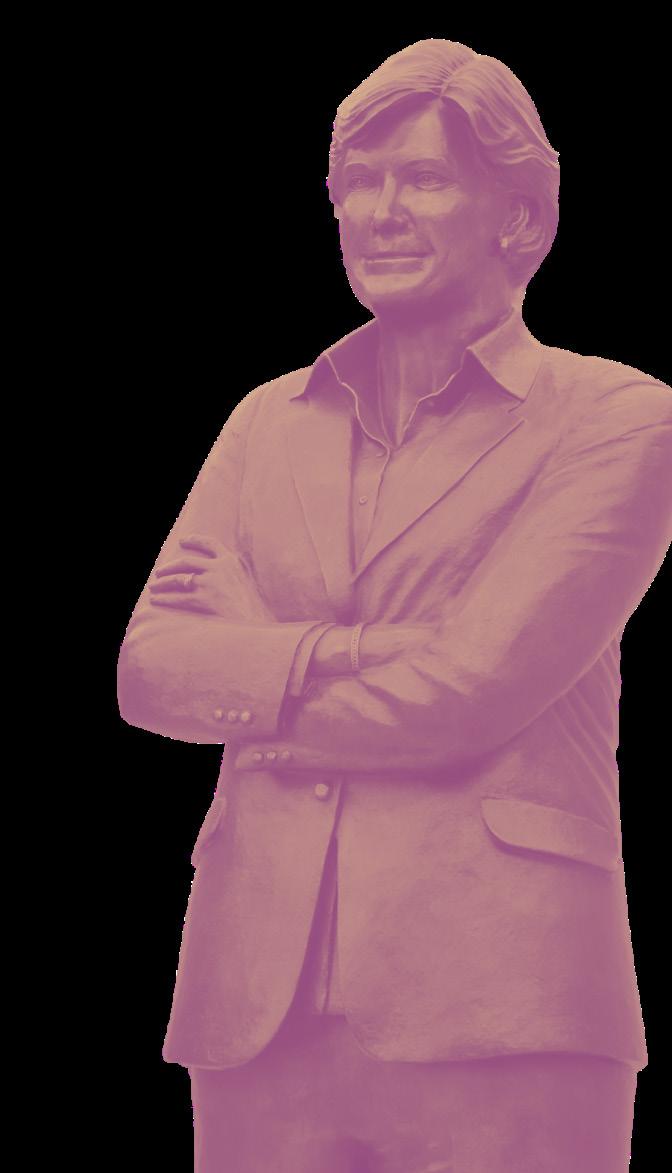

“It’s exciting that people are recognizing her impact,” Vance said. She also highlighted the active involvement of former Vol alumni such as Candace Parker and Peyton Manning, who have been key figures in the bid.
“They’re our honorary coaches for our advisory board, they do so much for the foundation already and to see them step up in this way means a lot,” Vance said.
For Vance, she sees the WNBA team as an opportunity to introduce new generations to Summitt’s influence.
“It excites me that it’s allowing new generations to be exposed to Coach Summitt, her name and her legacy,” Vance said. “Her impact wasn’t just on women in sports, but on athletics as a whole.”
Vance also believes the potential Tennessee Summitt team will embody Summitt’s competitive spirit and the Definite Dozen she instilled in her players.


“Something that bears her name will have a lot of pressure to win,” Vance said. “Pat was fiercely competitive, and that will be a good thing. It allows us to talk about her values and what made her so successful as a coach and leader.”
“I hope when people think about the Tennessee Summitt, they think of the legacy and the foundation continuing the work she started,” Vance said.
Vance hopes that the Tennessee Summitt will continue to uphold the foundation’s campaigns, such as hosting the “We Back Pat”
“I hope when people think about the Tennessee Summitt, they think of the legacy and the foundation continuing the work she started.”
game,” and that they have the opportunity to be present. The campaign had started within the SEC, but has grown nationwide.
As Nashville awaits the decision on the WNBA franchise, the excitement surrounding the Tennessee Summit continues to build. With strong support from both the city and the Pat Summitt Foundation, the bid represents not only the opportunity to honor Pat’s legacy but also to bring a new era for women’s basketball to Nashville. Truly being a way to inspire the future generations of young female athletes.
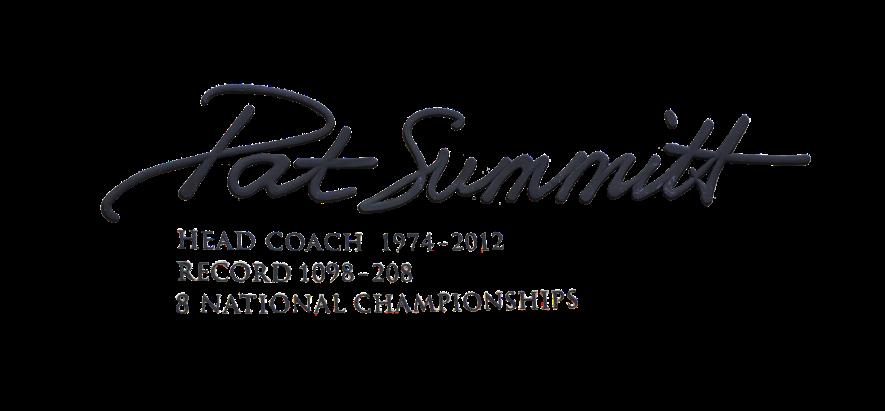

Written by Marissa Hunt | Photos by Bailey Beller | Model: Ashley Sooklal | Designed by Kyla Kirby
The word I say most often is “sorry.” If you can relate, chances are you use it often too—and we’re not the only ones! From a young age, women are conditioned to apologize frequently, a polite habit passed down through generations.
Over-apologizing is when a person apologizes for things they don’t need to, and this tendency is particularly prevalent among women. We’re taught from an early age to be people pleasers, accommodating, polite and non-confrontational.
In his book “The Triple Blind,” Stephen Bradshaw explains that as girls grow into adolescence, they’re increasingly asked to accommodate what he believes is “an impossible set of standards.”
For example, if a boy wins a race, he’s less likely to consider how his win affected his opponent’s feelings. If a girl were to win a race, she’s more likely to downplay her victory out of empathy for her opponent’s loss.
“Girls are more often rewarded for focusing on others’ feelings while boys are more often rewarded for asserting themselves,” Hinshaw said.
A study conducted at the University of Waterloo by Karina Schumann and

Michael Ross found “men apologize less frequently than women because they have a higher threshold for what constitutes offensive behavior.”
Madyson Hughes, a junior psychology major at UT, discusses the psychology of over-apologizing in women.
“A lot of the time we people please because we feel like we need validation that we didn’t get when we were however old or however young,” Hughes said.
Hughes explained how overthinking, depression, lack of self-esteem and anxiety can become lasting impressions of over-apologizing and people-pleasing.
“Giving yourself grace,” Hughes said about how we can divert from overapologizing.
Another way women can fight this habit is to get to know themselves better.
“I think that one of my practical ways is just changing what I believe about myself by spending more time with myself, whether that be studying by myself or going to eat by myself,” Hughes said.
Beyond our day-to-day lives, Cathryn Mills, a junior business major at UT, addresses how over-apologizing can affect women in the workforce.

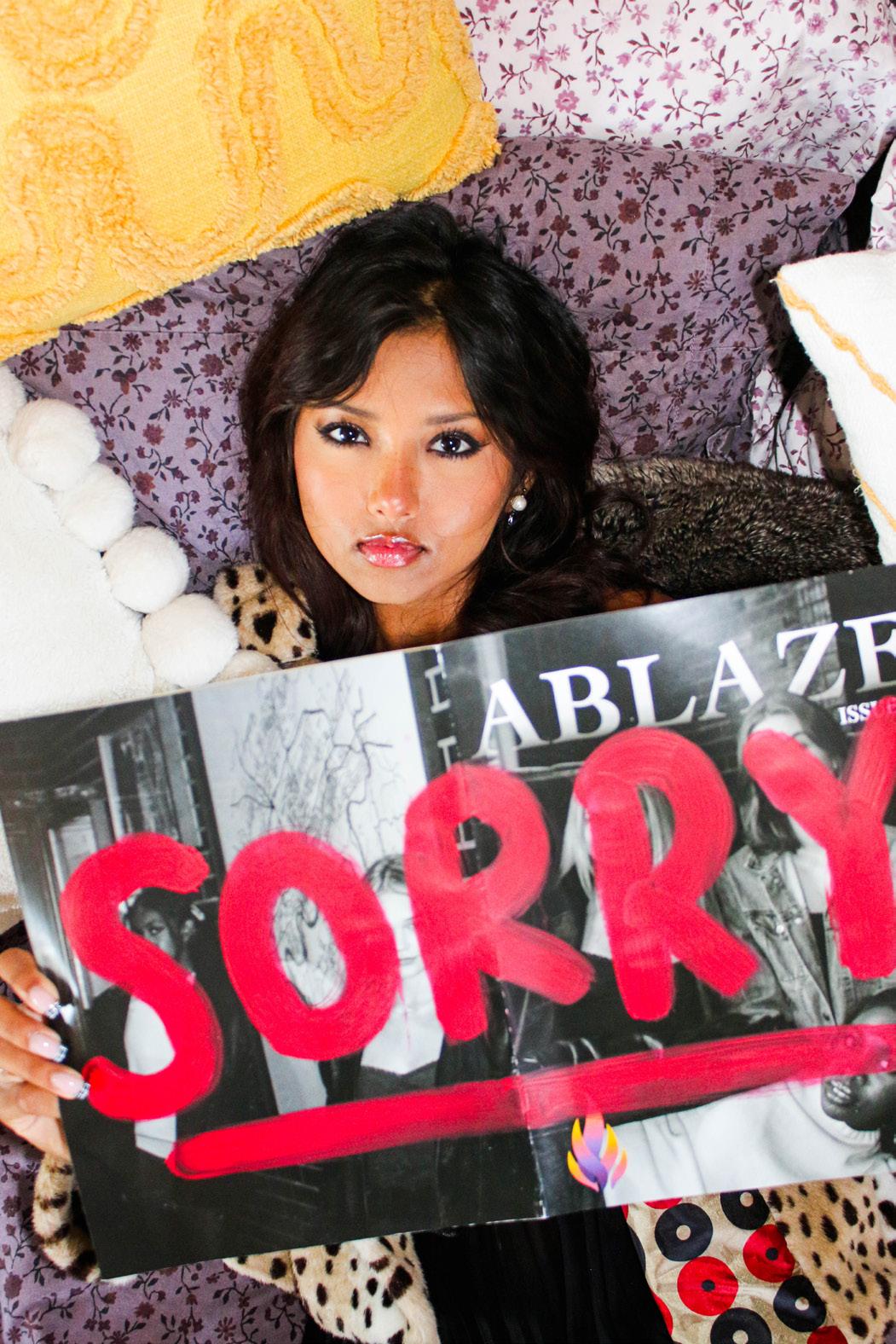
“I think in the workforce, women are naturally more inclined to over-apologize, especially in the business field. Women haven’t been included in that sector for nearly as long as men have,” Mills said.
Mills explains that repeatedly apologizing discredits women’s work and takes away from the positive impact they’ve had.
“I think confidence is a big tool for women knowing that you are where you’re meant to be, you’ve earned it, you deserve a seat at the table, and you have important things to say,” Mills said.
Meg Parent, a UT law student, expresses that over-apologizing in law careers can be seen as a weakness, lack of knowledge, lack of assertiveness, admitting to faults and giving your opponent a sneak peek into your psyche.
Instead of apologizing, Parent suggests that we choose silence. “I think not saying anything would be better than apologizing because I would like ‘I’m sorry’ to mean something, it’s devalued the second you use it flippantly,” Parent said.

The next time you go to say “I’m sorry” out of habit for no reason other than people-pleasing tendencies, remember that you deserve to take up space.



Over-apologizing as women affects us in our personal and professional lives. Let’s defeat this habit by extending grace to ourselves and reminding ourselves of our inner confidence.

Written by Lillie Etta Lawson | Designed by Emma Fingeret
If you’ve come across the term “intersectionality” and felt unsure about its meaning, you're not alone. Like diversity, equity and inclusion (DEI), it’s a concept that resonates differently for everyone. For some, it’s a crucial tool for understanding societal inequities. For others, it’s viewed with skepticism due to the heated cultural conversations surrounding it.
But what exactly is intersectionality, and why does it matter?
“Intersectionality is the idea that we all have multiple identities, and these identities overlap and interconnect in multiple and varied ways, in different contexts, at different times, and in different circumstances,” said Meghan Conley, assistant professor of practice and director of community partnerships in the Department of Sociology at the University of Tennessee.
Simply put, intersectionality allows us to better understand how our overlapping identities, such as race, gender and class, shape our experiences with the world and with each other.
Intersectionality’s roots date back to 1989 when legal scholar Kimberlé Crenshaw introduced the term. She used it to argue that Black women experience a unique type of discrimination that isn’t fully captured when race and gender are viewed as separate issues.
Crenshaw highlighted how anti-discrimination laws often fail marginalized groups by operating under a “single-axis framework.” For example, these laws may address gender discrimination and racial discrimination separately, leaving Black women’s unique experiences overlooked, as explained in Crenshaw’s chapter in “Feminist Legal Theories.” This groundbreaking concept revealed how people with multiple marginalized identities often endure compounded disadvantages.
How does this apply outside academia? Think about these real-world scenarios:
Crash test dummies are primarily modeled after male body types, leaving women at greater risk of injury during car accidents, according to the Data Feminism Network Podcast.
Black women, regardless of income level, experience worse prenatal and postnatal care outcomes compared to white women, according to a report published in 2025 by the Kaiser Family Foundation.
While educational systems track childhood trauma through Adverse Childhood Experiences (ACEs), they often fail to consider how factors like immigration status affect students’ well-being, according to the non-profit organization TN Step.
“How we look at the world impacts the way we do research and the types of populations we study and the types of data we collect,” Conley said.
When systems lack an intersectional lens, they overlook key variables, resulting in blind spots across industries like healthcare, education and even product design. Intersectionality ensures that we account for the realities of diverse voices, creating policies and practices that reflect everyone’s needs, not just those of the majority.
Though powerful, intersectionality can sometimes face resistance. Critics argue that emphasizing identity divides society rather than unites it. Conley notes that much of this resistance stems from a scarcity mindset. “We’ve created a world based on a concept of scarcity. People think if you get more, then that means I get less. If your freedom is valued, then that means mine is taken away,” Conley said.
This “zero-sum” misconception overlooks the truth: recognizing intersectionality doesn’t take away from anyone. Instead, it expands the conversation to include everyone’s unique lived experience, leaving no one behind.
Intersectionality isn’t just about seeing issues through the lens of race, gender, or class. It’s about capturing the full human experience. Whether you’re crafting better workplace policies, conducting research or advocating for equity in education, an intersectional perspective offers vital insights.
Here’s why it matters for everyone:
Intersectionality drives policies that reflect the complexity of human lives, improving fairness and outcomes for all.
From crash test dummies to health medications and workplace policies, intersectional research helps companies create products and environments that are designed for all.
By considering multiple identities, we can craft a society that supports, uplifts, and respects everyone.
Next time an issue comes up, ask yourself: Who is included in this decision-making process? Who is being left out?
That’s where the power of intersectionality shines. It allows us to see the whole picture, helping us move beyond generalizations to a more nuanced, equitable world.
Intersectionality is not about division—it’s about building bridges. Whether we’re designing policies, analyzing data or simply engaging in thoughtful conversation, it offers a framework for ensuring no one is excluded. This perspective doesn’t dilute efforts for equality. Instead, it strengthens them, making initiatives more inclusive and impactful.
By understanding and applying intersectionality, we can shift from a mindset of scarcity to one of abundance and equality. After all, if society creates space for different voices and experiences, we all stand to gain a richer, more resilient world.
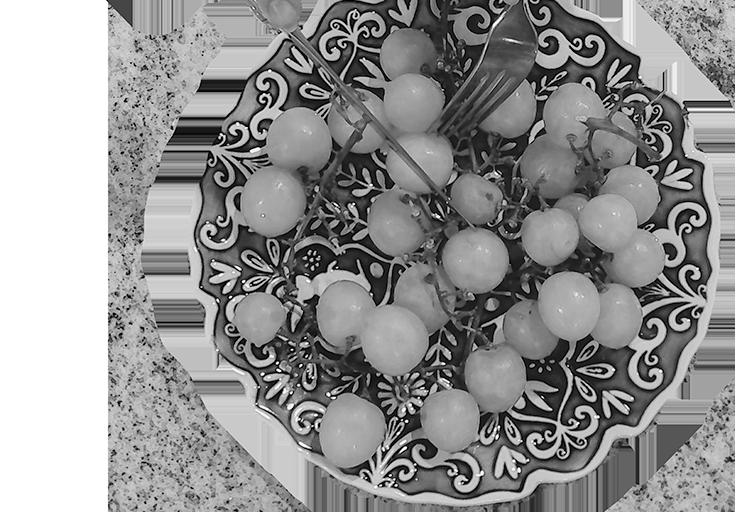
How the lack of research and education into women’s health creates confusion in navigating a healthy lifestyle.
Written by Aubree Pelham | Photos by Maywyn Haydamack | Designed by Lailah Rucker | Model: Holly Haydamack
75 hard? Keto? Carnivore? Every day it seems there is a new “must-try” trending diet that swears it will change your life. But if you are a woman, you may know that no matter how perfectly you stick to your diet, it often feels as if there is a man making more progress than you.
“It can be frustrating for women…their genetic makeup can make losing weight a little more challenging,” Dr. Marcio Griebeler, endocrinologist, told Cleveland Clinic.
These diets may not fully encompass the needs of both men and women because of the lack of research conducted on women’s health, and further a lack of understanding of women’s weight and dieting.
“Exclusion or underrepresentation of women in clinical studies results in some important information deficits, particularly for the leading causes of morbidity and mortality in women, and that these deficits may adversely affect women's health” said Carol Weisman and Sandra Cassard, professor and research associates of public health sciences.


In 1977, the FDA passed a policy that excluded women with reproductive potential from clinical trials unless they had a lifethreatening condition.
“The FDA’s policy to exclude women of reproductive potential from most clinical trials was interpreted broadly, excluding nearly all premenopausal women, including those who were on birth control, had sterile partners, or abstained from sex,” said Bridget Balch, writer for the Association of American Medical Colleges.
Women were excluded from clinical trials until 1993, when the U.S. Congress passed a law requiring the inclusion of women in medical research.
“As recently as 2019, women accounted for roughly 40% of participants in clinical trials for three of the diseases that most affect women — cancer, cardiovascular disease, and psychiatric disorders — despite representing 51% of the U.S. population, according to a 2022 study by researchers at Harvard Medical School,” Balch said.
This delayed inclusion greatly limits our knowledge of how women react to certain medicines, treatments and diets.
From a young age we have been presented with images and diagrams to teach us “healthy” eating. Pictures of the food pyramid and “MyPlate” were plastered all over the middle school cafeteria, guiding you on your choices down the line.

These images are based on general data, not considering the calorie and nutritional differences between genders. Dietary recommendations are more difficult to conclude when women have been excluded from the research scene for so many years and data is still limited.
Women partaking in these generalized diets or “food pyramids” may consume calories or diet breakdowns unfit for their bodies and experience counteractive effects, such as weight gain.
This becomes additionally challenging to manage as a college student. Every student has heard chants of the “freshman fifteen”, but freshman students rely on the dining hall, limiting their options to create a truly balanced meal. For upper class students, college is often the first time they are required to buy groceries and cook every meal fully on their own.
When female students are raised and surrounded with data not based on their own needs, planning balanced meals or diets becomes especially difficult to understand.
The exclusion of women in medical studies not only impacted science in the 70s, but continues to impact our perception and understanding of our bodies to this day. Women will continue to fight to be included and studied, but it begins with understanding the issue now.


1
2
3
4
5
C's:
Take
this fun quiz to find out
if you have what it takes to be a successful entrepreneur!
Your ideal workspace would be:
A A sleek, minimalist office with the latest tech
B. A cozy home setup where you can think freely
C A vibrant coworking space buzzing with creativity
D Wherever your laptop and strong coffee can be found
When it comes to decision-making, you tend to:
A Carefully analyze all the data and options
B Go with your gut instinct and see what happens
C Consult your network of mentors and advisors
D Flip a coin- spontaneity is your middle name
If you had a million dollars to invest, you would:
A Put it all in a diversified portfolio of stocks and bonds
B Quit your job and start the business idea you’ve been dreaming about
C Donate a portion to a nonprofit you’re passionate about
D Treat yourself to a luxurious vacation, then figure out the rest later
Your ideal role model is:
A Sara Blakely, the founder of Spanx
B. Oprah Winfrey, a self-made media mogul
C Melinda French Gates, a philanthropic powerhouse
D Madam C J Walker, America’s first female self-made millionaire
When faced with a challenge, you:
A Make a meticulous plan to overcome it step-by-step
B Dive right in and improvise as you go
C Seek out expert advice and guidance

D Procrastinate a bit, then have a burst of creative problem-solving
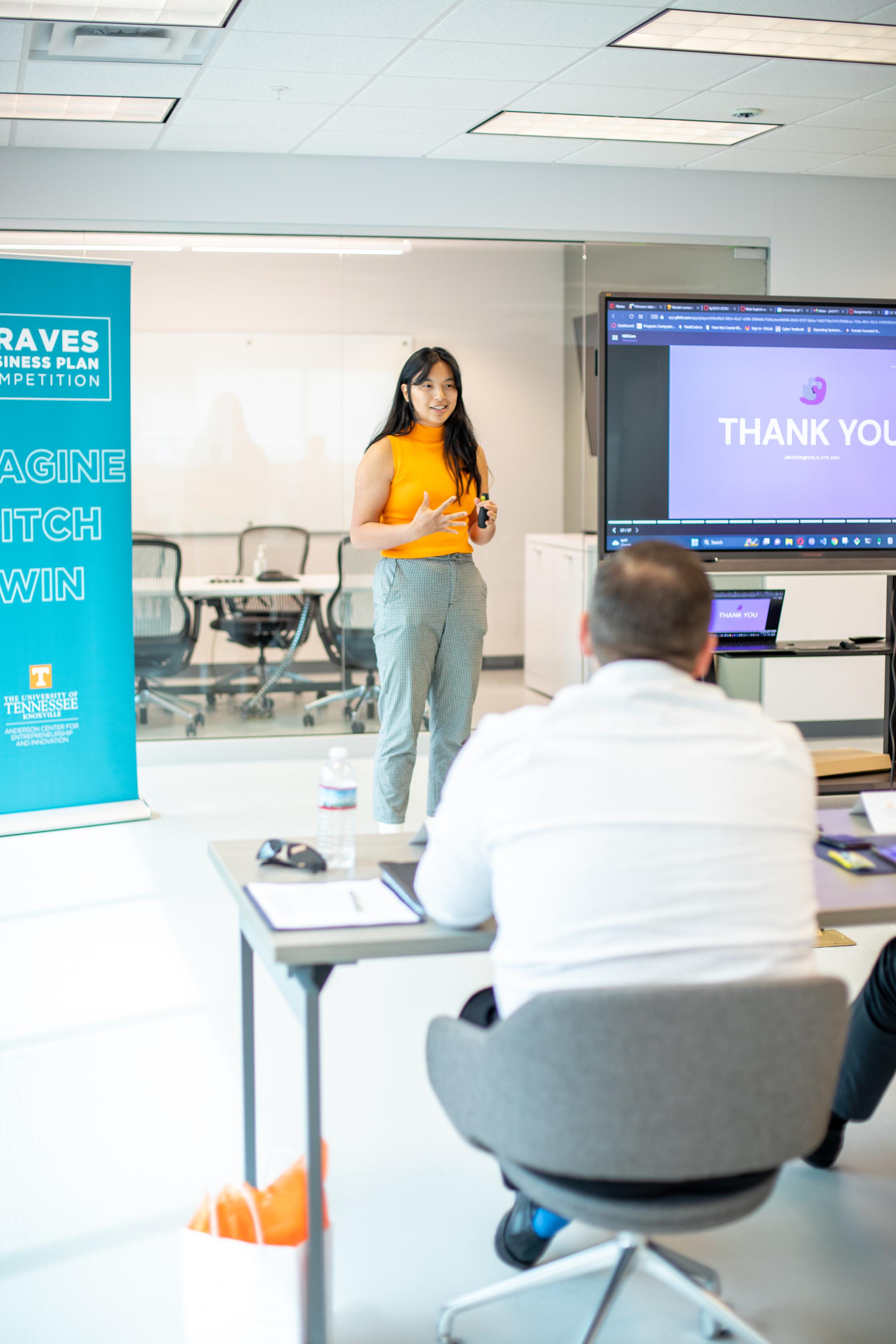




What are some strategies for staying motivated throughout the semester?
Staying motivated academically can definitely be a struggle for some students, though others might find it easier. For those who struggle, it’s helpful to remember that motivation doesn’t always come naturally, and that’s okay. One thing that can help is adopting a positive mindset. Speaking success into existence might sound cheesy, but truly believing in your ability to succeed and accomplish your goals can give you the motivation to keep going. Another great strategy is creating a reward system for yourself. After reaching a milestone, no matter how big or small, treat yourself. Whether it’s indulging in a sweet treat, visiting your favorite restaurant, or buying something you’ve been wanting, these small rewards can keep you motivated. Another important factor in staying motivated is taking care of yourself. Maintaining a healthy lifestyle can significantly boost your motivation and overall well-being. It’s important to not be too hard on yourself. Take the time to understand your personal needs and experiment with different strategies to figure out what works best for you.
How can I find out which professors have the best reputations?
Finding the right professor is key to having a successful academic experience. One way to gather information is by checking out the UTK community on Reddit, where students often share their experiences with specific professors. You can also use websites like RateMyProfessor, where students rate and review their professors based on their own experiences. Another option is to search for professors on LinkedIn, which might give you insight into their professional backgrounds and teaching styles. Lastly, a simple Google search can sometimes provide brief descriptions or reviews that offer additional perspective on a professor’s reputation.



What are the best off-campus study spots?
What are the steps to take if I want to change my major?
Makenna Wevick

Within walking distance of campus, I recommend Just Love and The Golden Roast. The Golden Roast is located behind Massey Hall and Just Love is on the strip. If you are looking for a place downtown, I recommend Hello Tea House, an adorable boba tea shop. Within a 10-minute car drive, I recommend Kern’s Food Hall, Commonplace Coffee or Fable Hollow. Kern’s allows for cafe vibes with a variety of different foods and drinks. Commonplace is a cozy coffee shop with a focus on community, and Fable Hollow is a fantasy-themed bookstore that also makes the cutest themed cafe drinks. For something different, you could study with cats at Scruffy’s Cat Cafe while supporting local animal rescues! It is also 10 minutes away by car and even offers discounted prices for students.
As someone who has changed majors before, I believe that the first step to take is to research! It is important to make sure that you research the jobs and fields you can go into for your potential major, and make sure that they sound appealing to you. Additionally, you should look up the required classes for that major in the UT undergraduate majors catalog (make sure the year selected is the year you started at UT) and run a program in DARS to see if any of your current classes can count for that major. Next, contact your advisor. They will send you the necessary information or forms needed to officially change your major. Lastly, follow their instructions to declare your new major!
Written by Ella Clark, Callie Eckley, Sarah-Nicole Jackson, Carmen Rivera, Makenna Wevick |
by Kyla Kirby
Are there any specific resources on campus that can help me with my coursework?
For writing-related coursework, The Writing Center is very helpful. It’s located on the second floor of HSS. The Writing Center is filled with fellow students who are very skilled in writing and most of them are able to meet either in-person or virtually. They help with writing and editing papers, and it can be anything from a creative piece to an essay to technical writing. There is also the Vol Study Center, located on the first floor of Strong Hall, where you can schedule sessions with tutors in whatever field you need help with. (They also offer free printing!) As for math-related courses, there is the Math Place, located on the second floor of Hodges Library. Here, student assistants can help you with mathrelated coursework, from basic math to stats to calculus.
What are some effective study tips for managing a heavy course load?
Prioritizing your work and time management are your best friends here. Use a planner, digital calendar or even a physical to-do list to keep track of when assignments are due. Say two assignments are due on the same day, but you know one will take more time than the other. Tackle the more time-consuming one first. Also, there’s no shame in turning in an assignment late if the teacher takes late work or “taking the L” and missing the assignment if it won’t affect your grade too much. Just don’t let those missed assignments pile up! Also, manage your time well so you’re not working on five assignments for different classes that are all due at midnight. It’s all about keeping track of all of your assignments, when they are due and how much weight they hold.

Sarah-Nicole Jackson

What’s the best way to balance part-time work and classes?
It is not easy, but balancing work and class can be done if you plan ahead! The best way to balance part-time work and classes is to set your schedule up in a way you can commit enough time to both and remain firm on your boundaries when it comes to giving your time to each.
The easiest way to set up your schedule for work and school is to plan your class schedule to be all on Tuesday and Thursday if possible. This leaves your days segmented into categories and keeps you organized. Having two class days, three work days and two days of a weekend can help you focus on one area of your life.
Boundaries are not talked about enough when it comes to your relationship with work and school. The best way to keep your
boundaries is to communicate with your professors ahead of time that you have a job and with your boss at work that you are a full-time student. A great example of this is if you have a time when you are working very long hours and your boss is having you stay late, communicate with your professors. Professors tend to be very understanding and want you to succeed! The same goes for your boss. If you have an exam or paper coming up do not say you can stay late or work extra hours. You have to clearly communicate that you have a first commitment to being a student.

Are there any specific resources on campus that can help me with my coursework?
UTK offers plenty of resources on campus to aid you in all kinds of coursework. The library is home to The Math Place. It is open seven days a week and specializes in 100-200-level math courses. You can receive one-on-one tutoring whenever you need it. If you work better in a group, they also provide opportunities for studying alongside others.
The Judith Anderson Herbert Writing Center is another great resource, located in HSS room 212. The staff can help you with all stages of your assignment. You can show up with a blank page and a rubric, or even your finished copy to get peerreviewed. Their tutoring session can even serve as a one-credit hour course (ENGL 103 and 104) when paired with English Composition 101 and 102.
You can always contact your advisor, career coach and OneStop for any other specific questions you have about your coursework.
Callie Eckley


